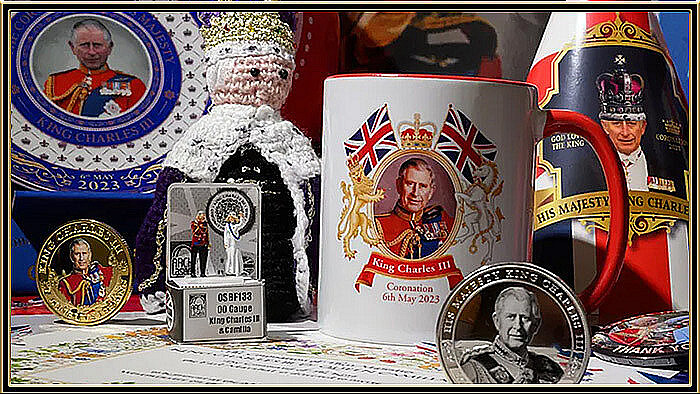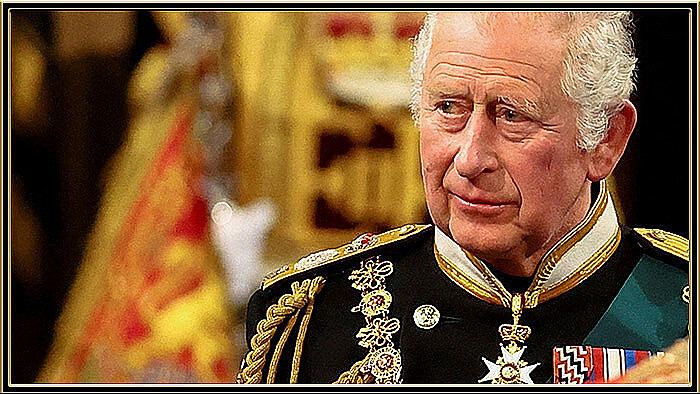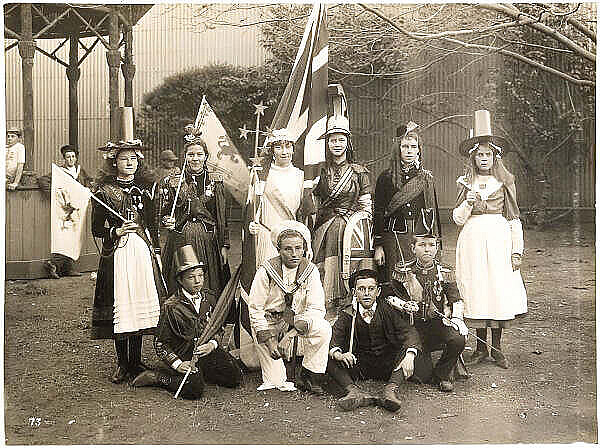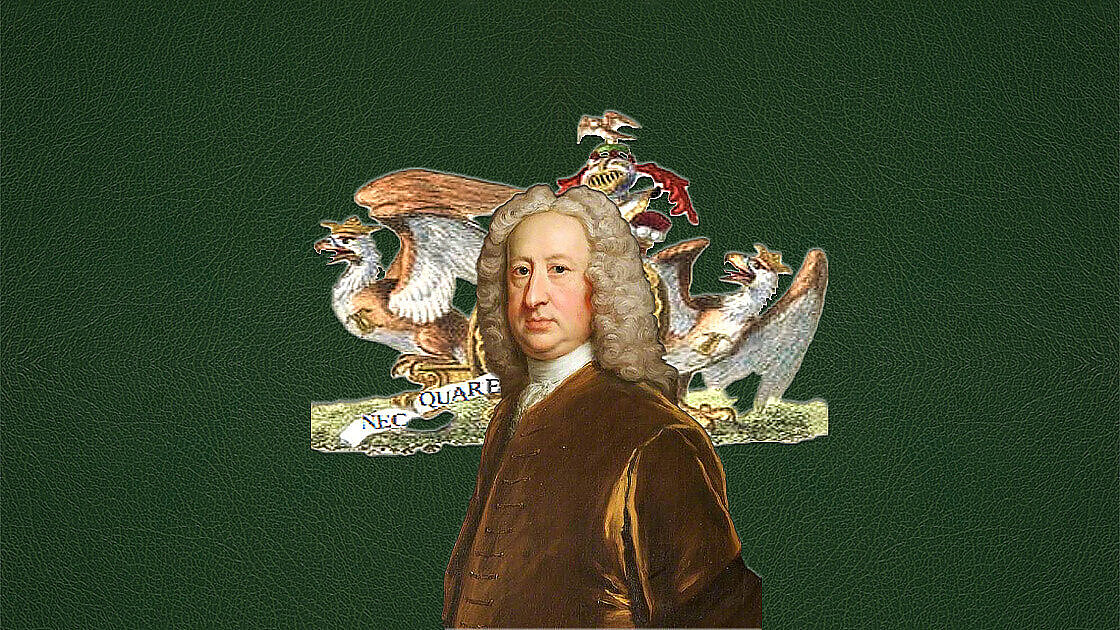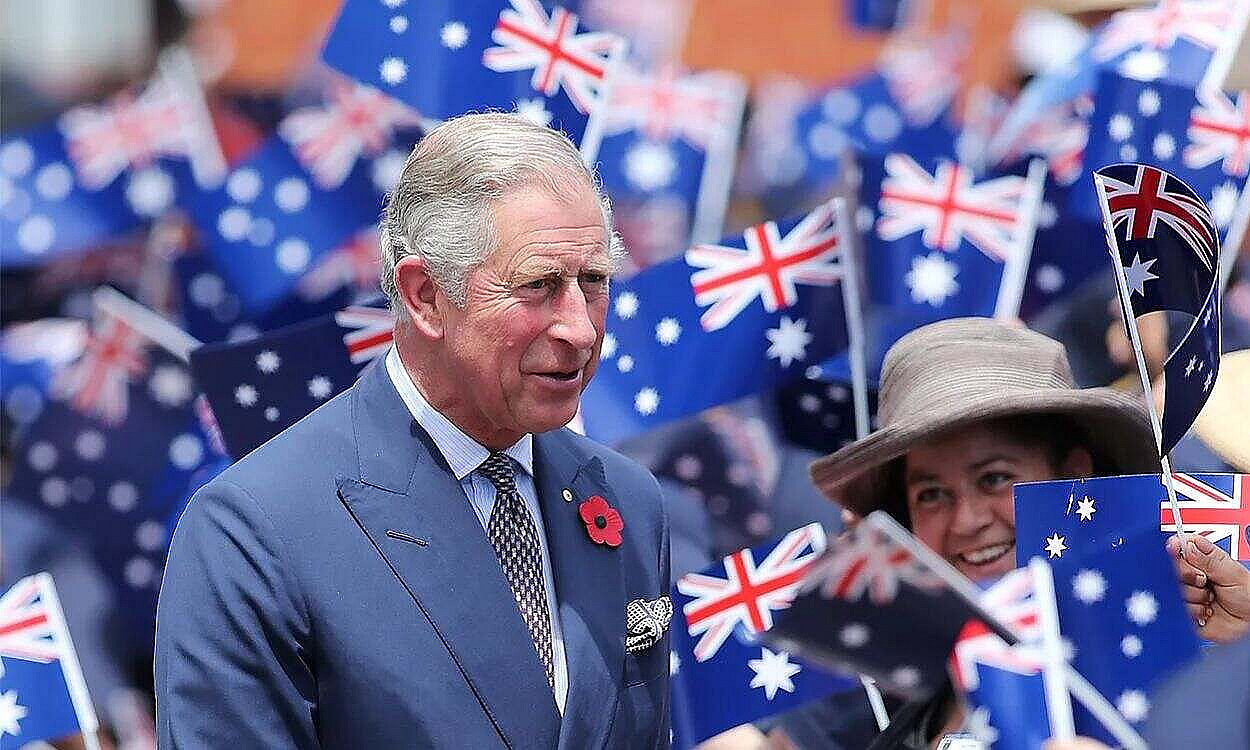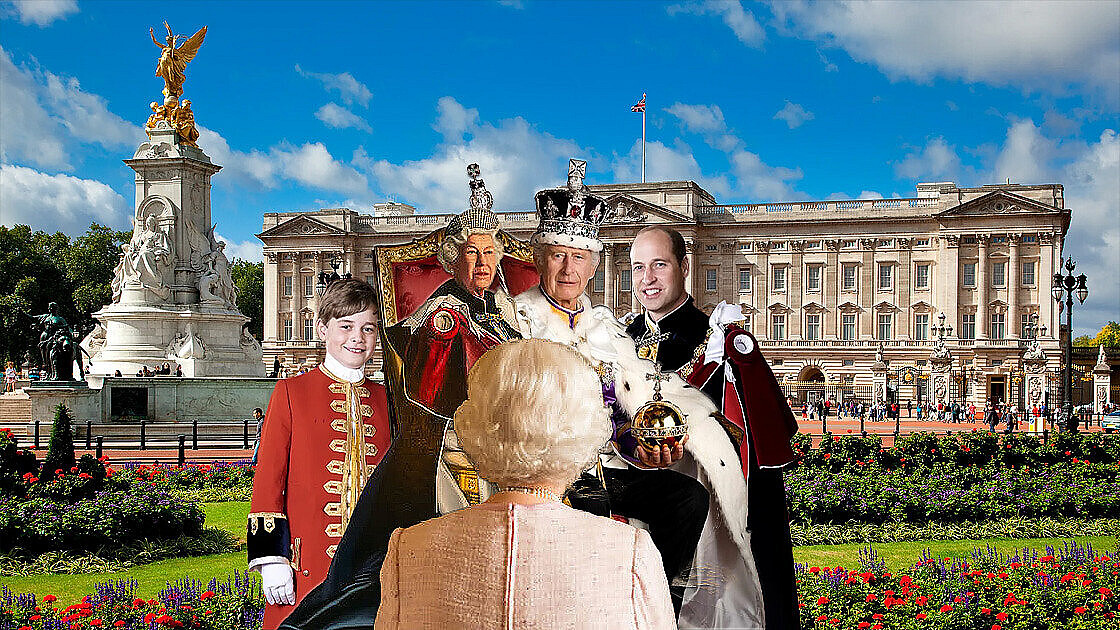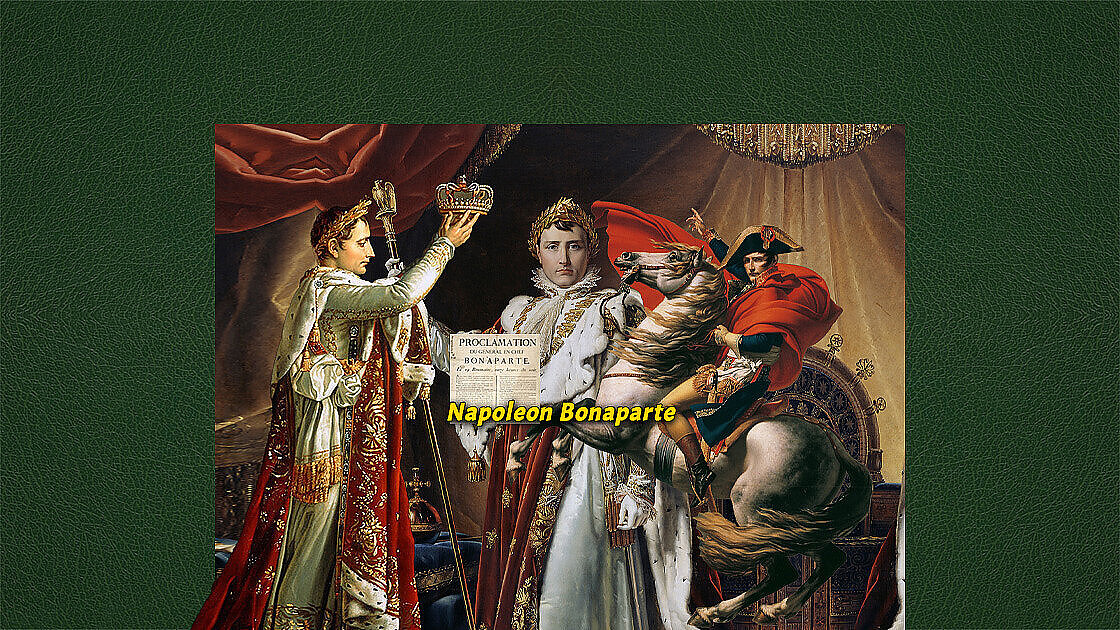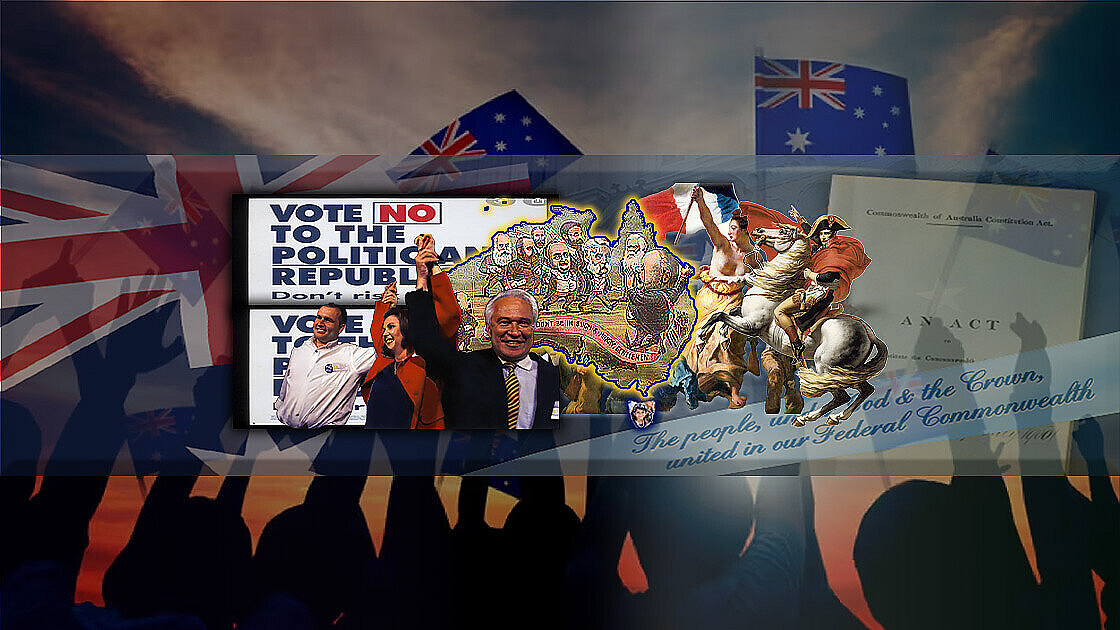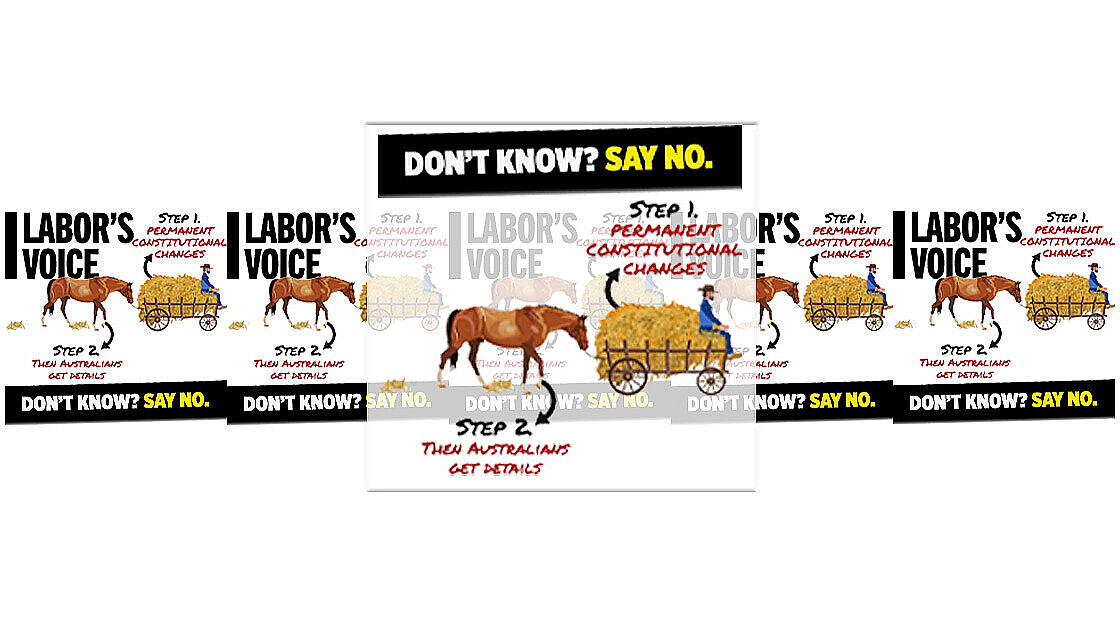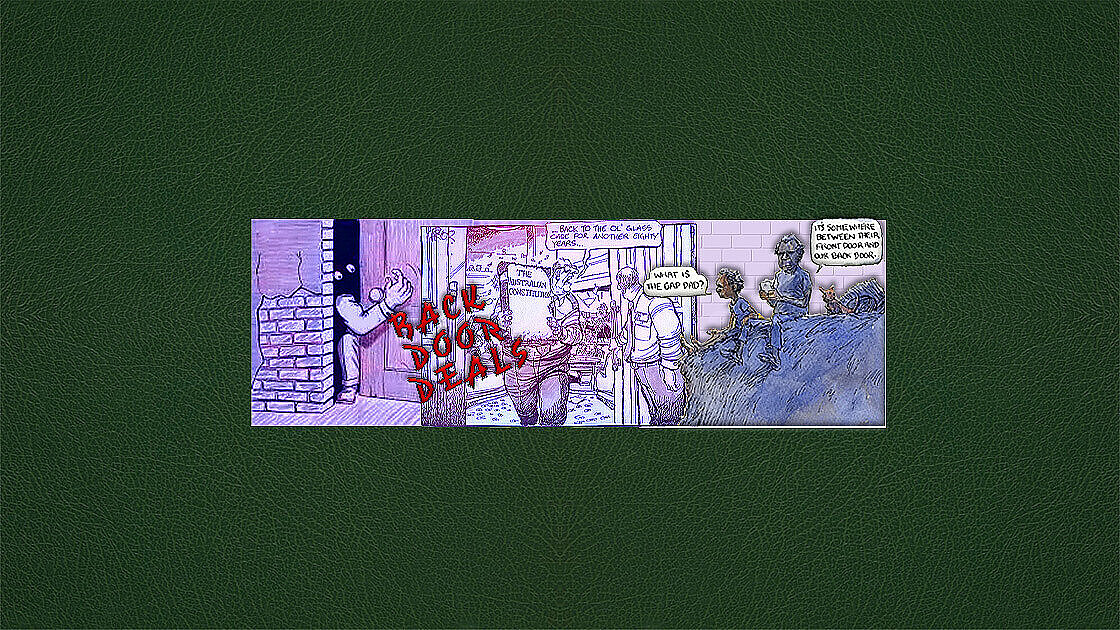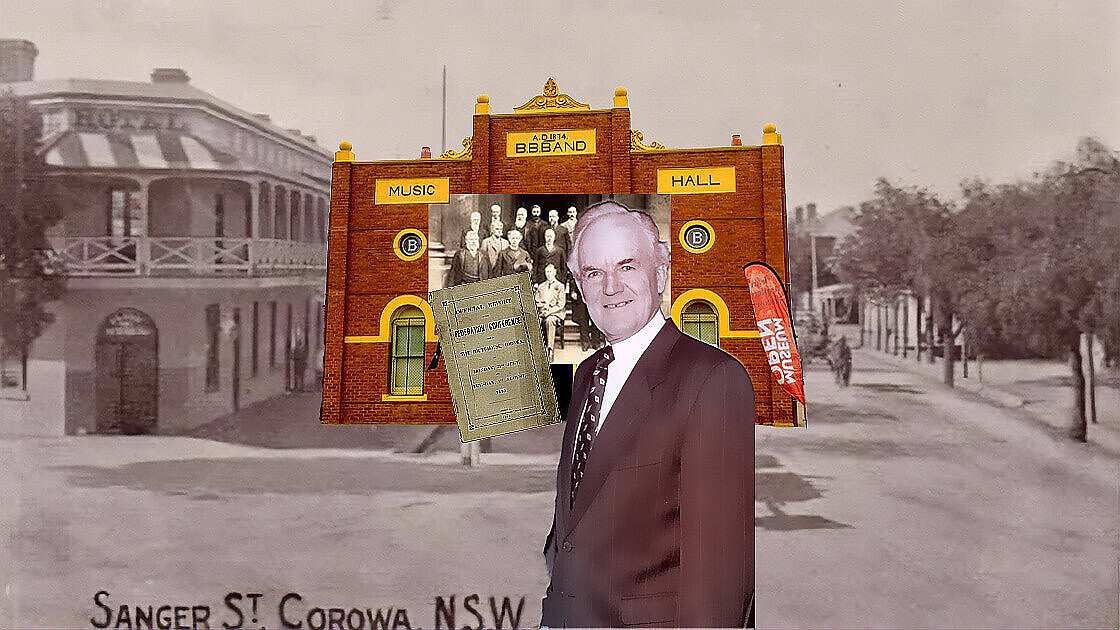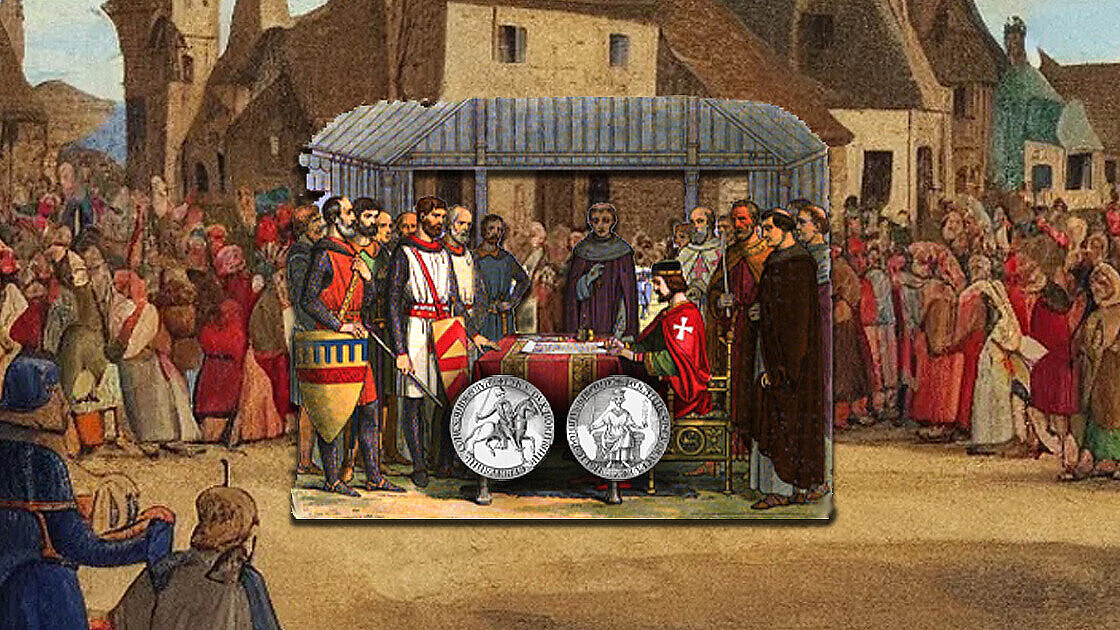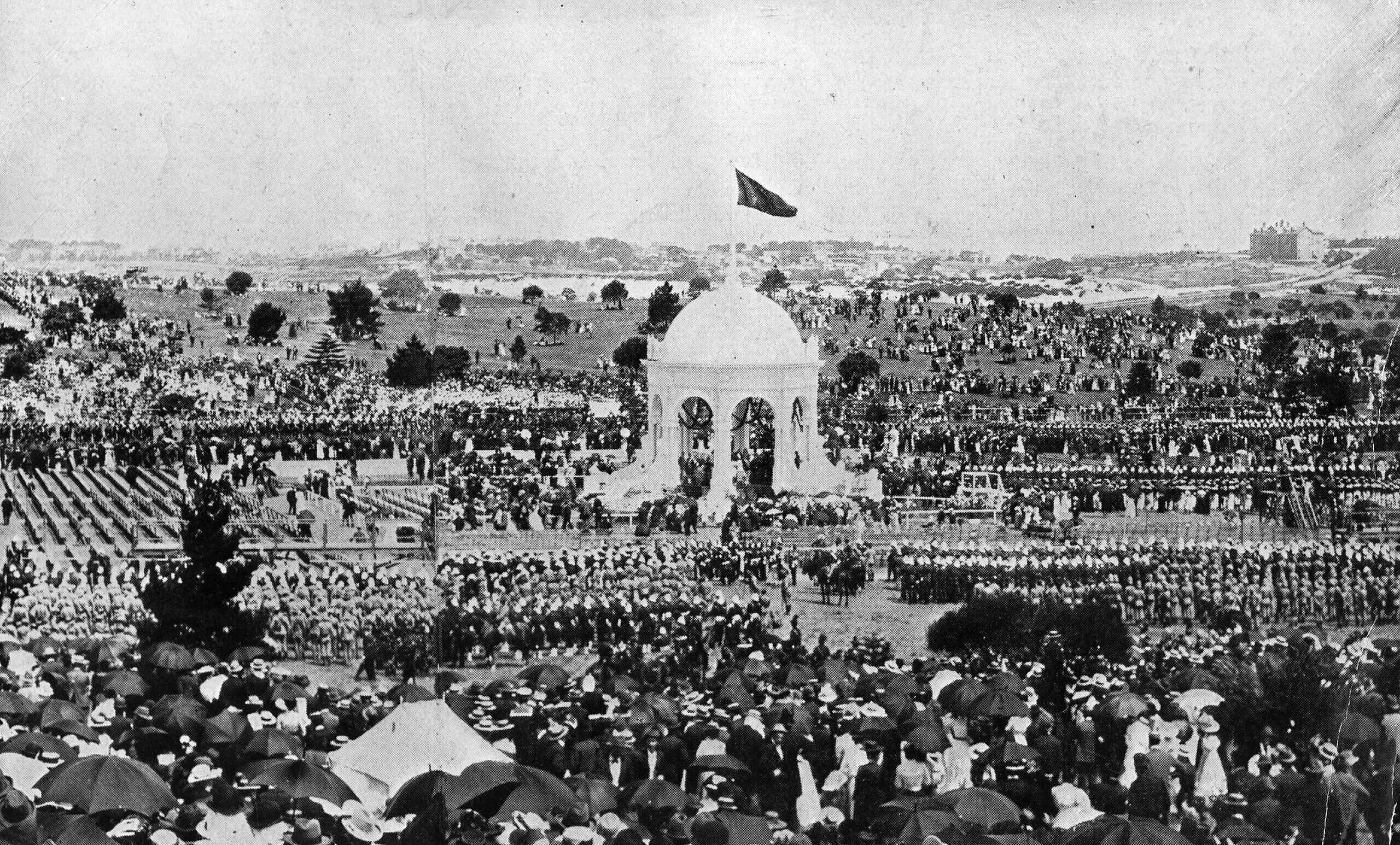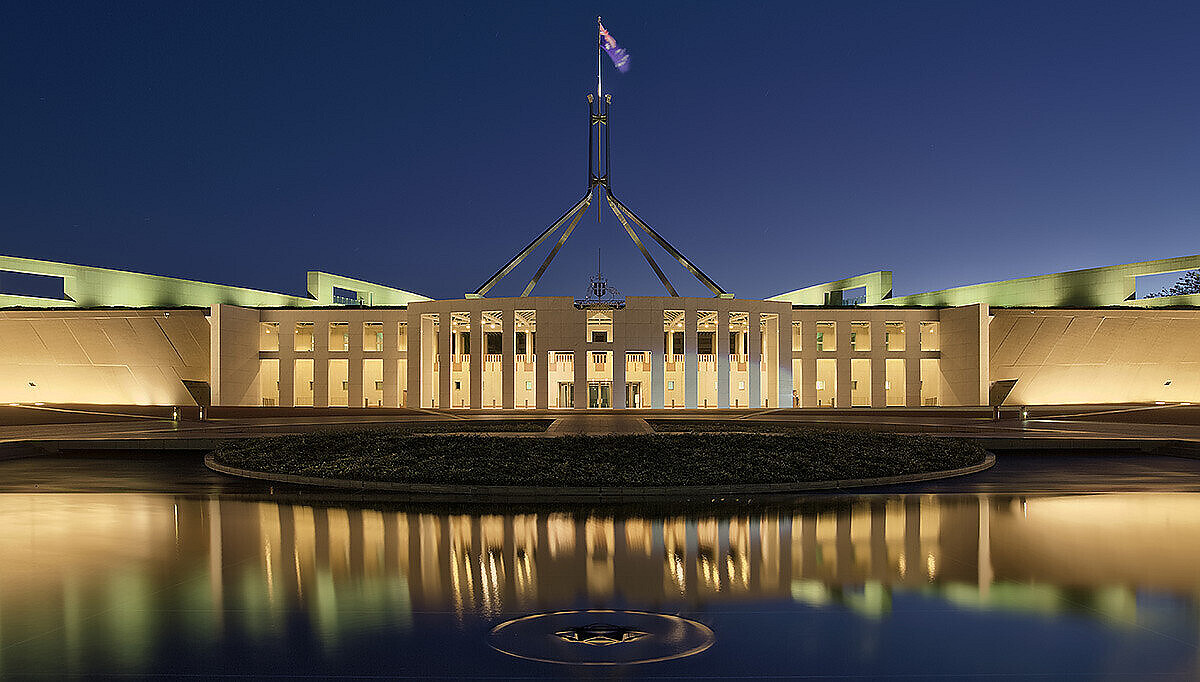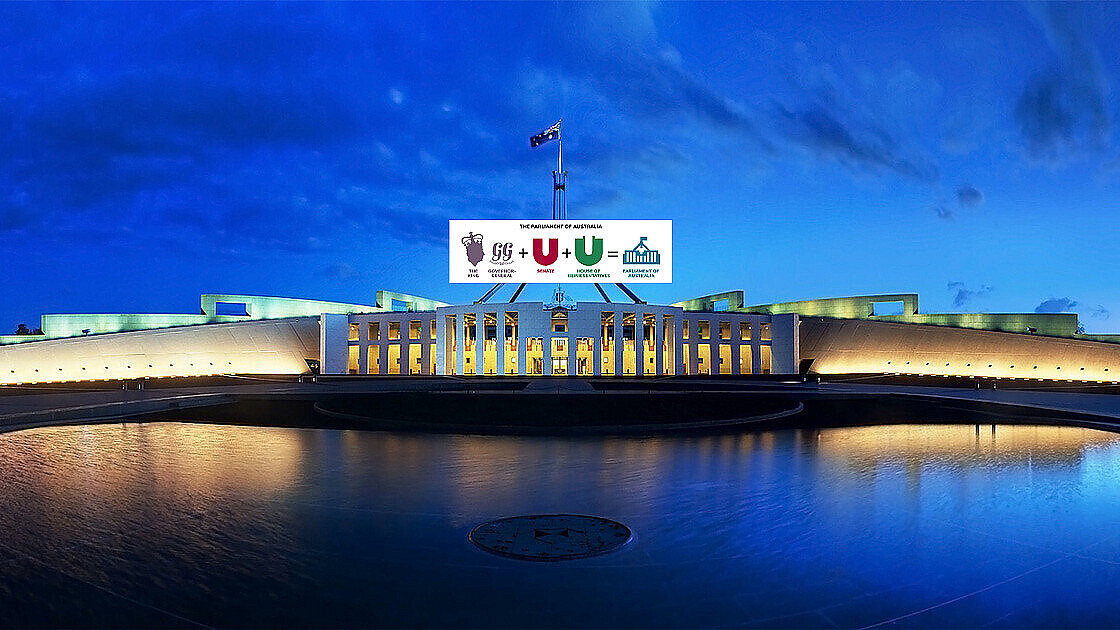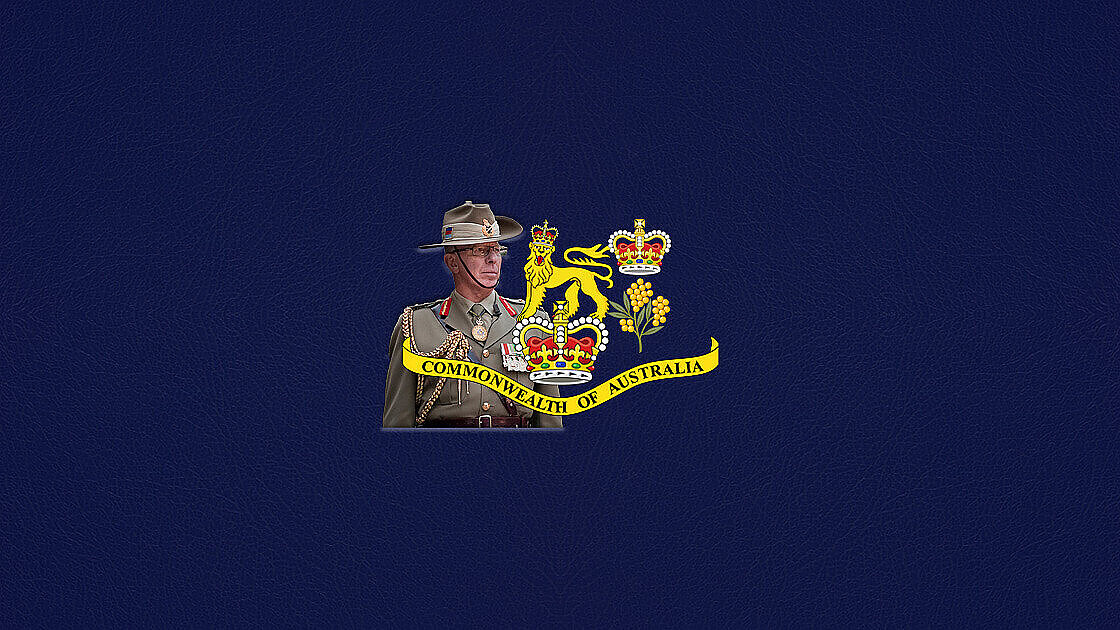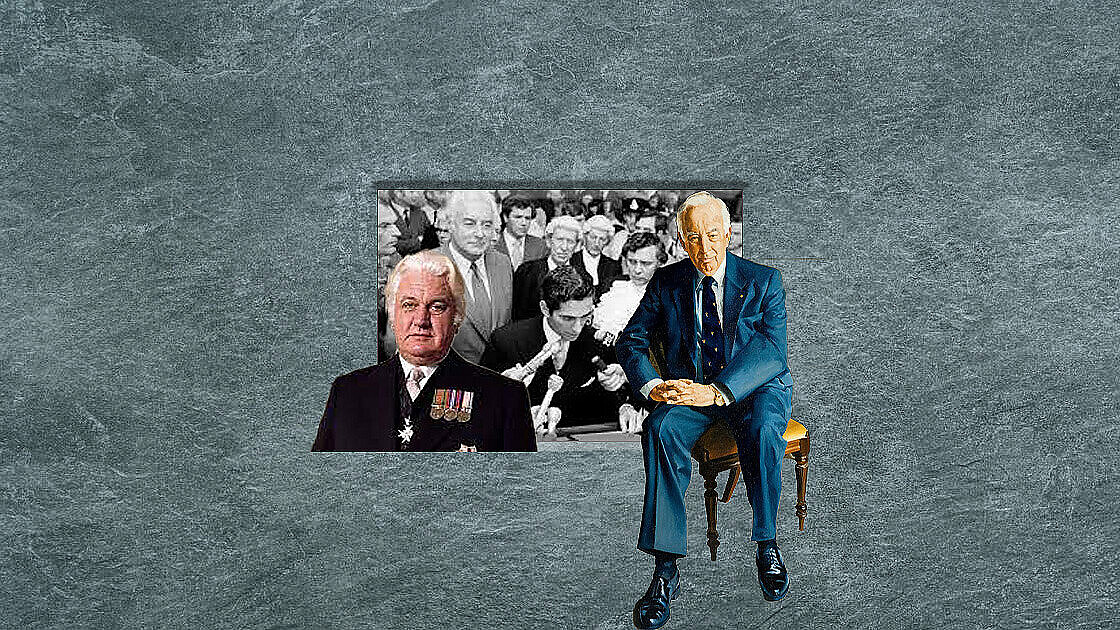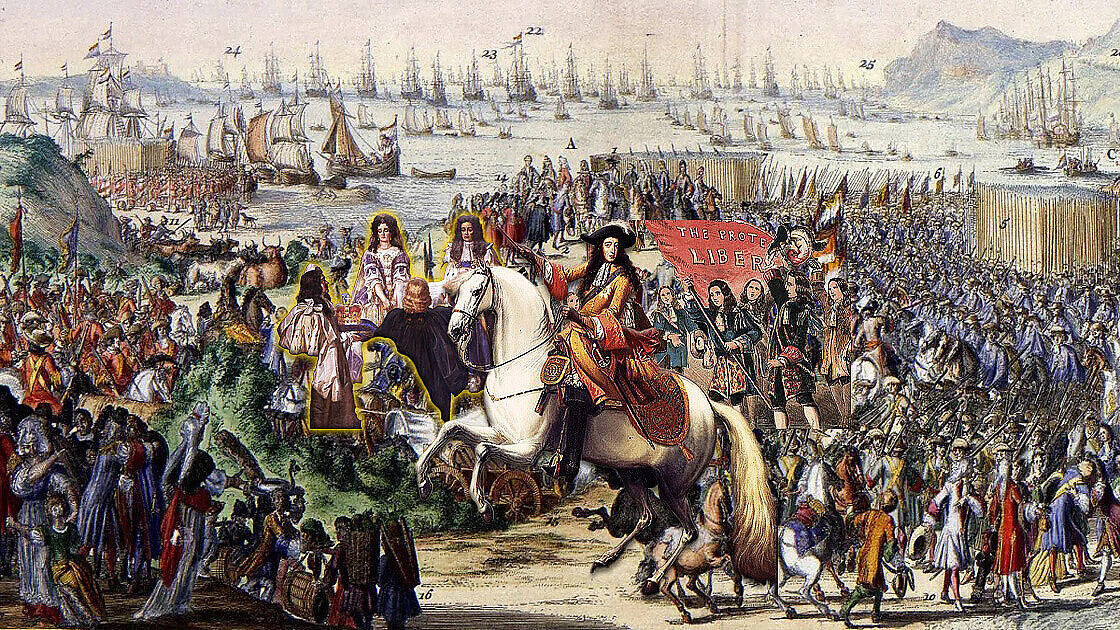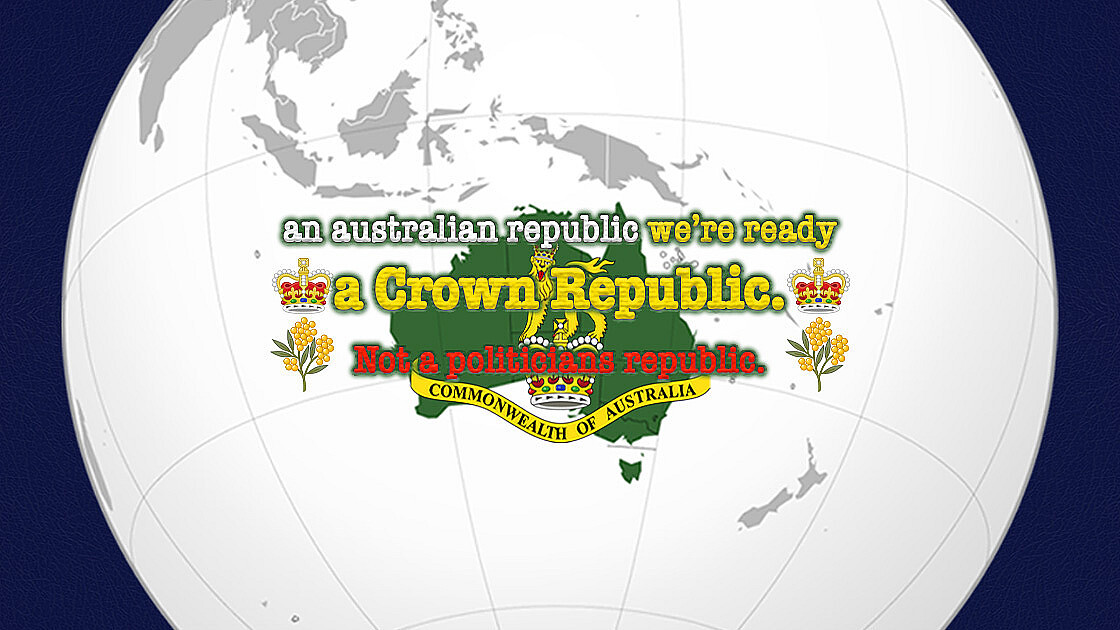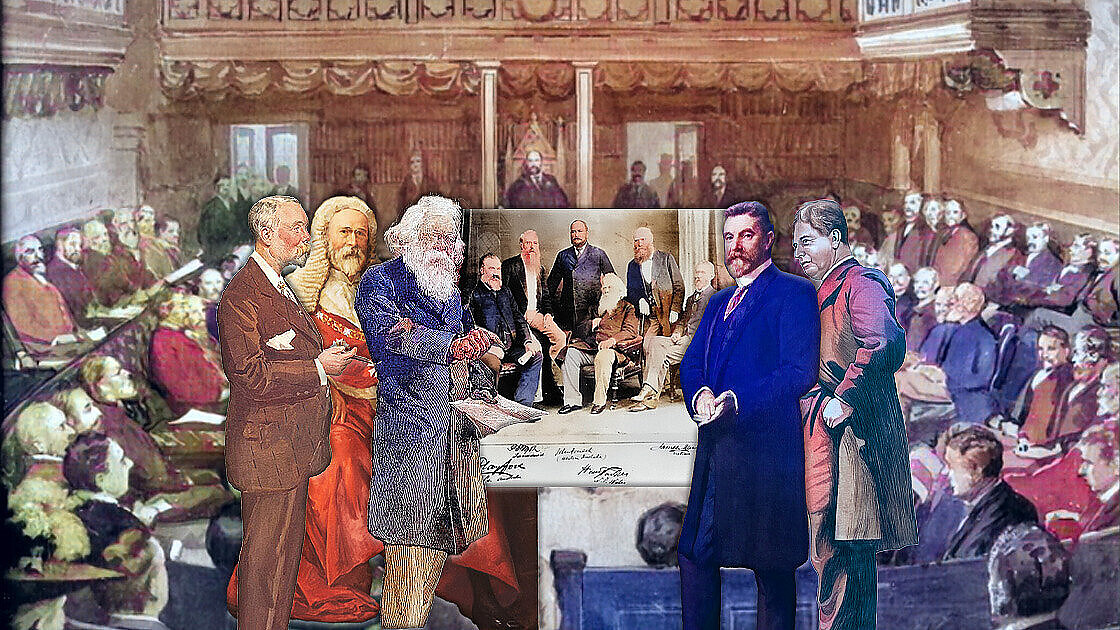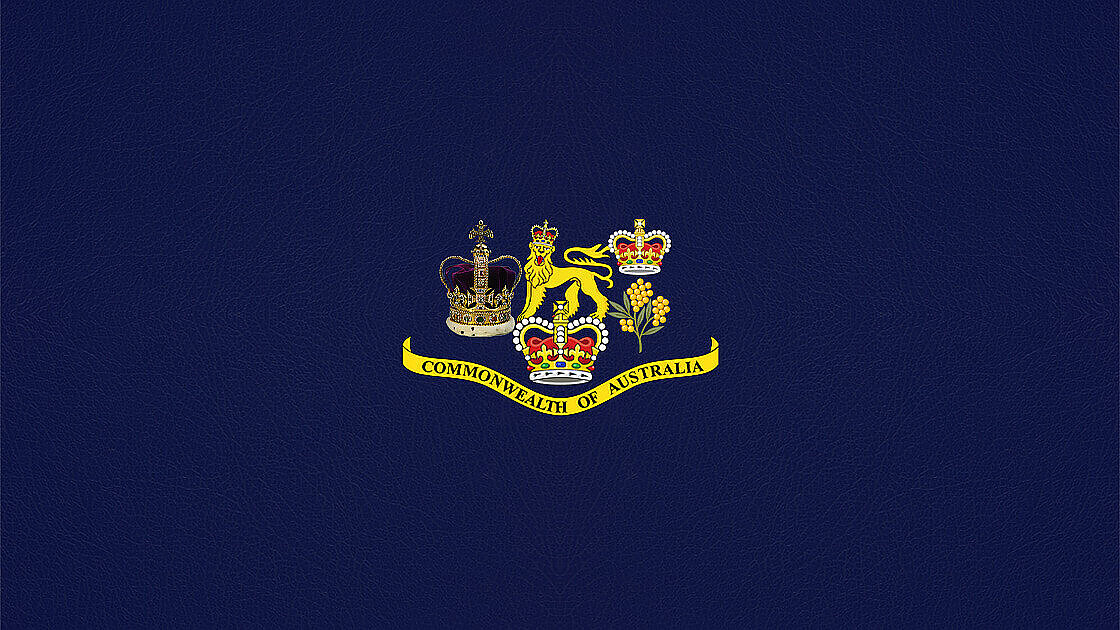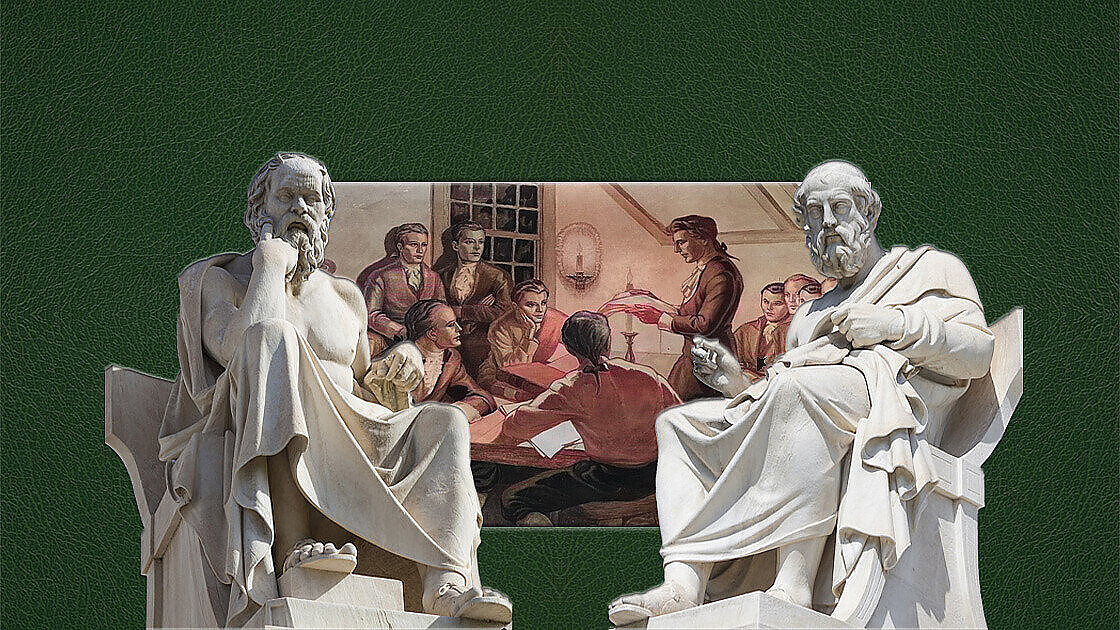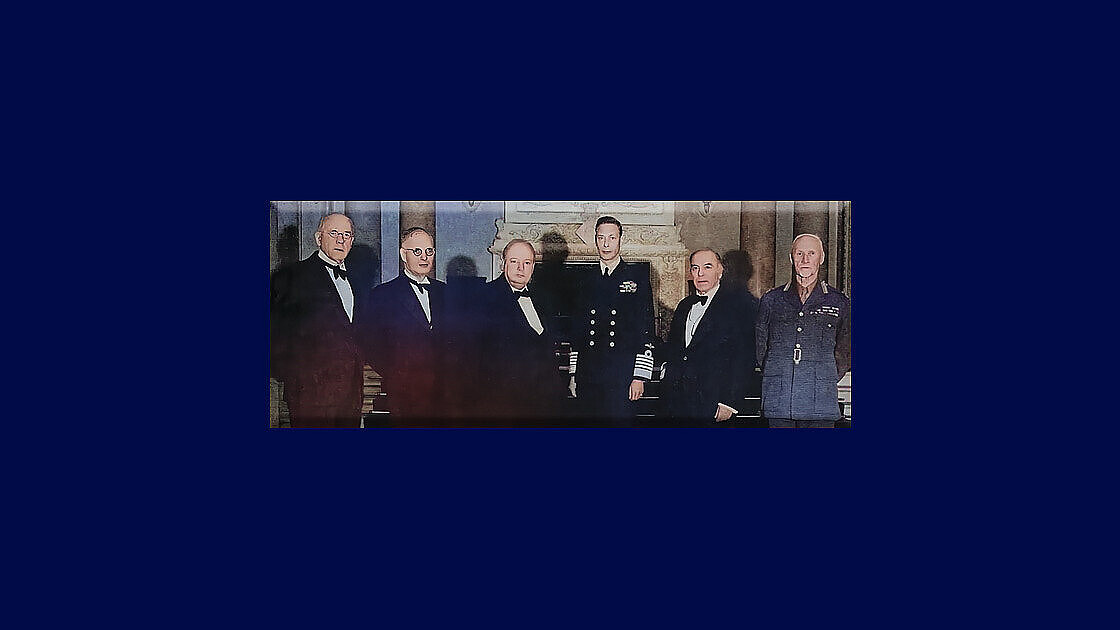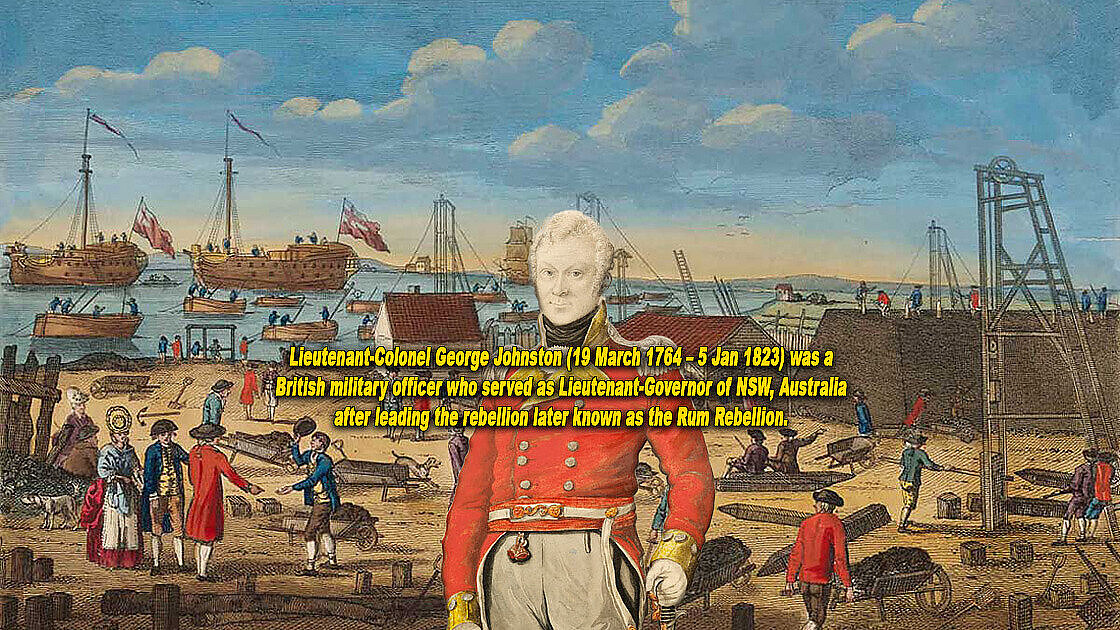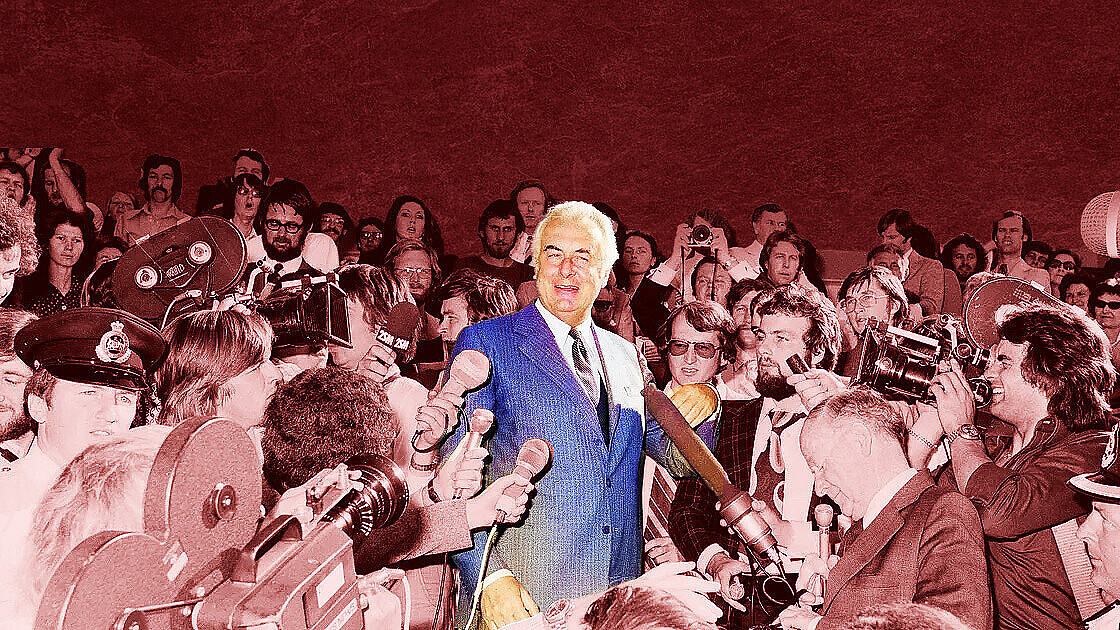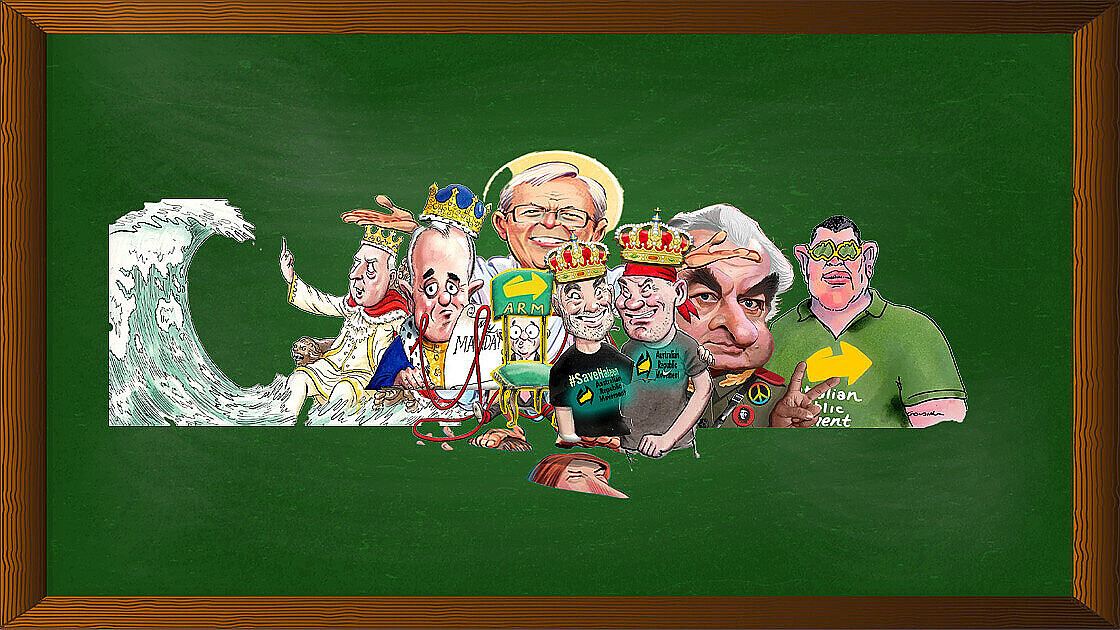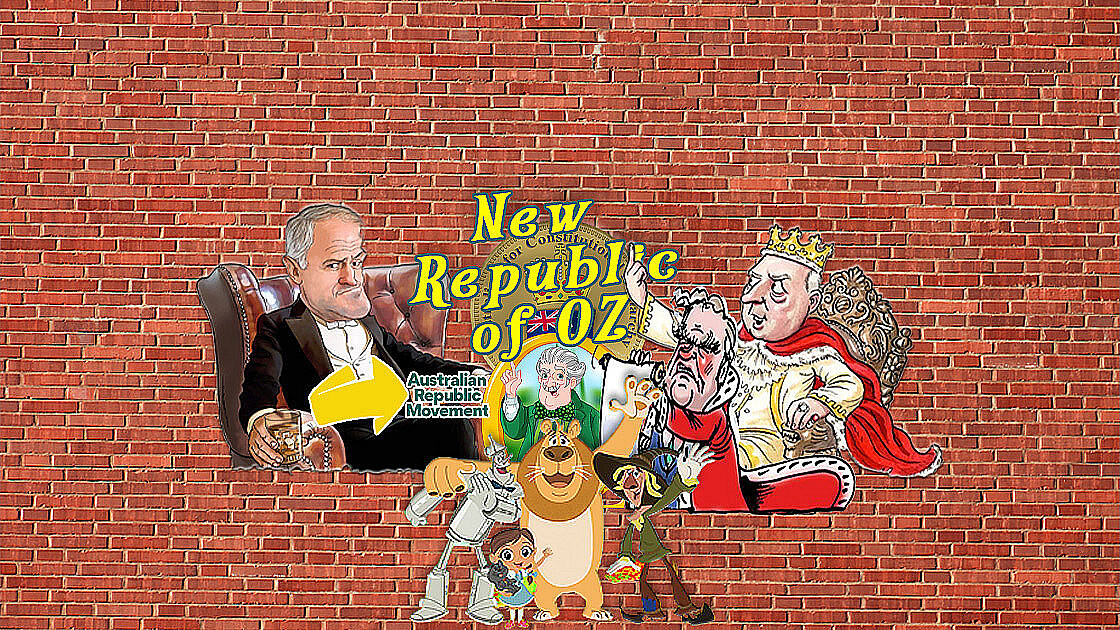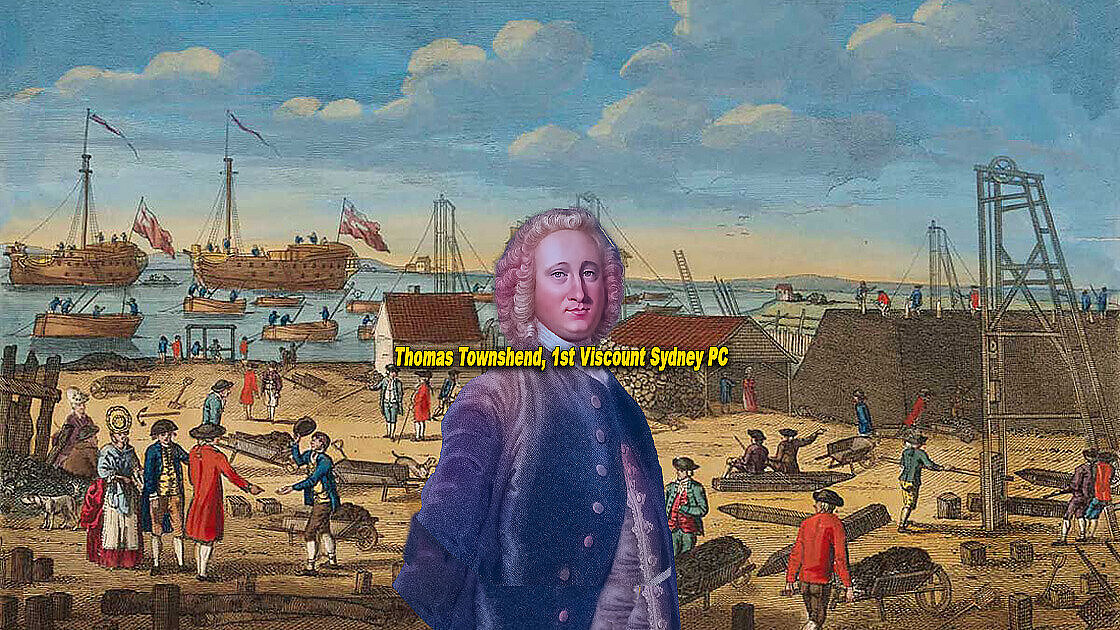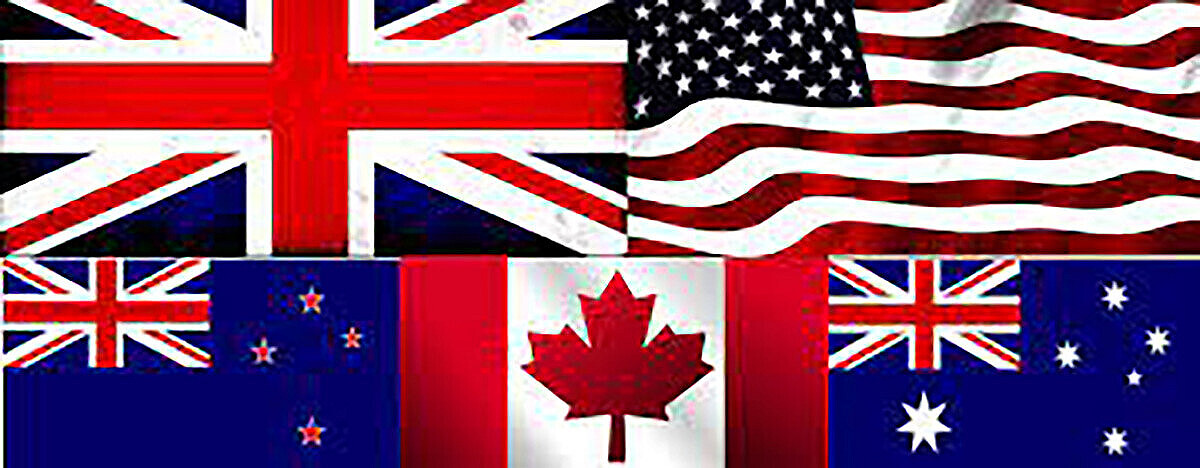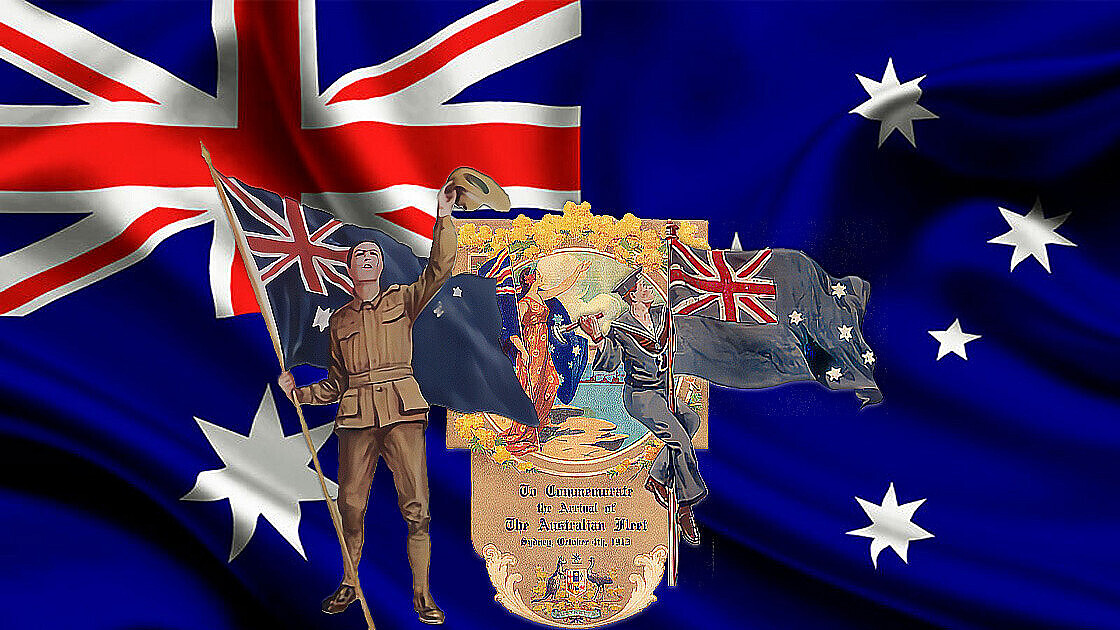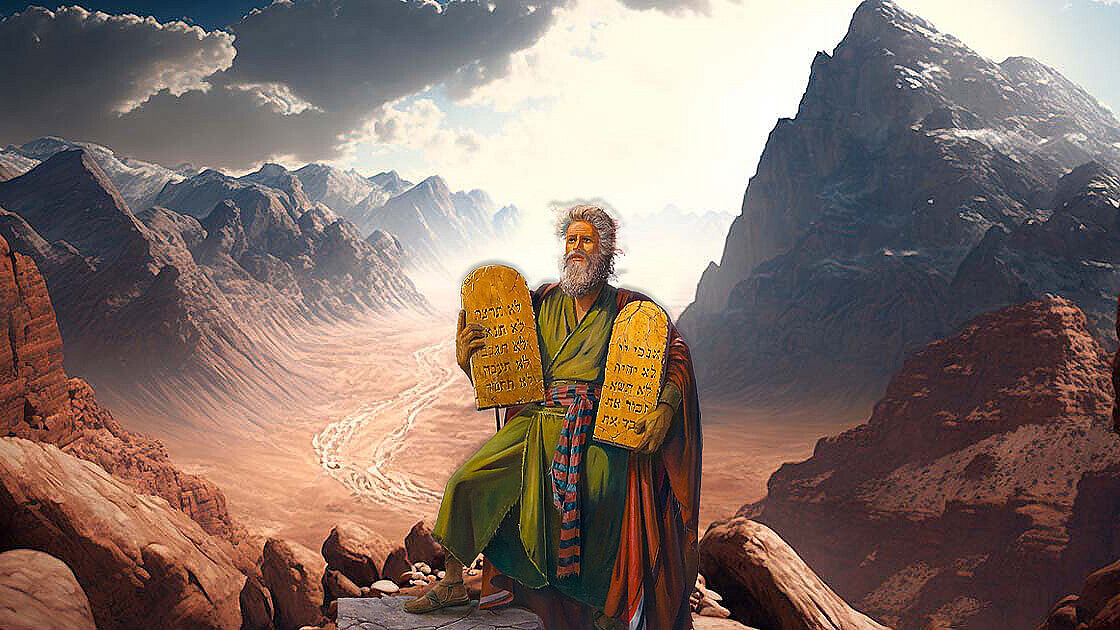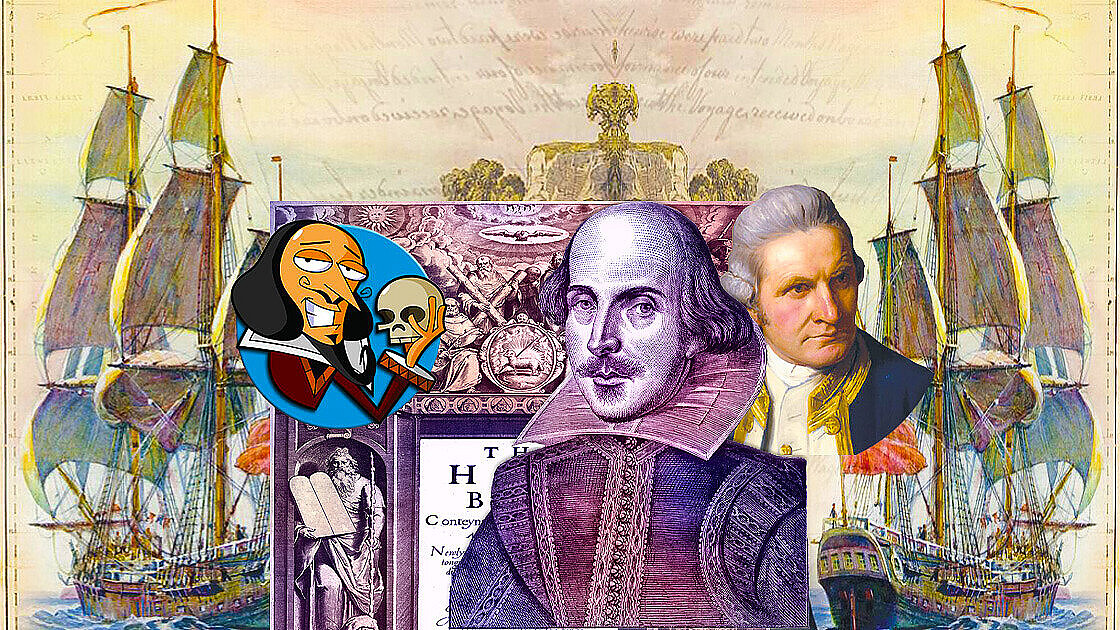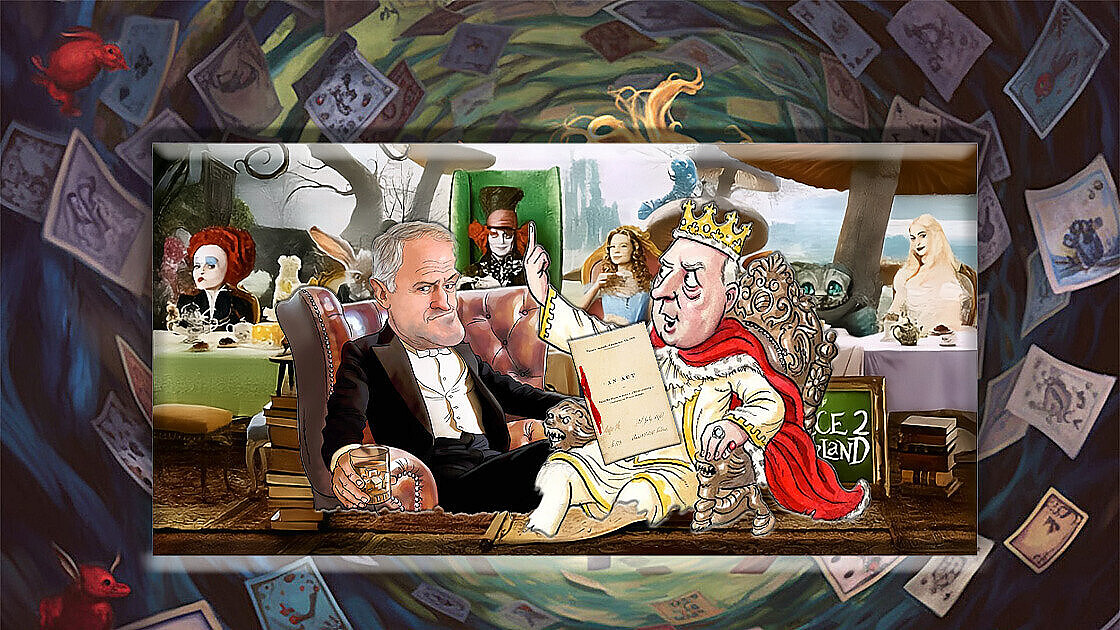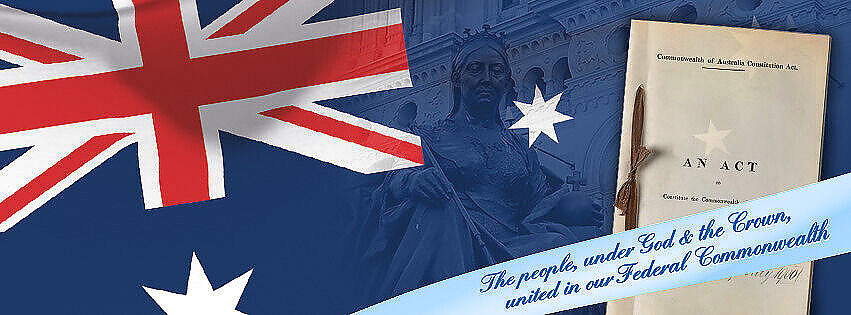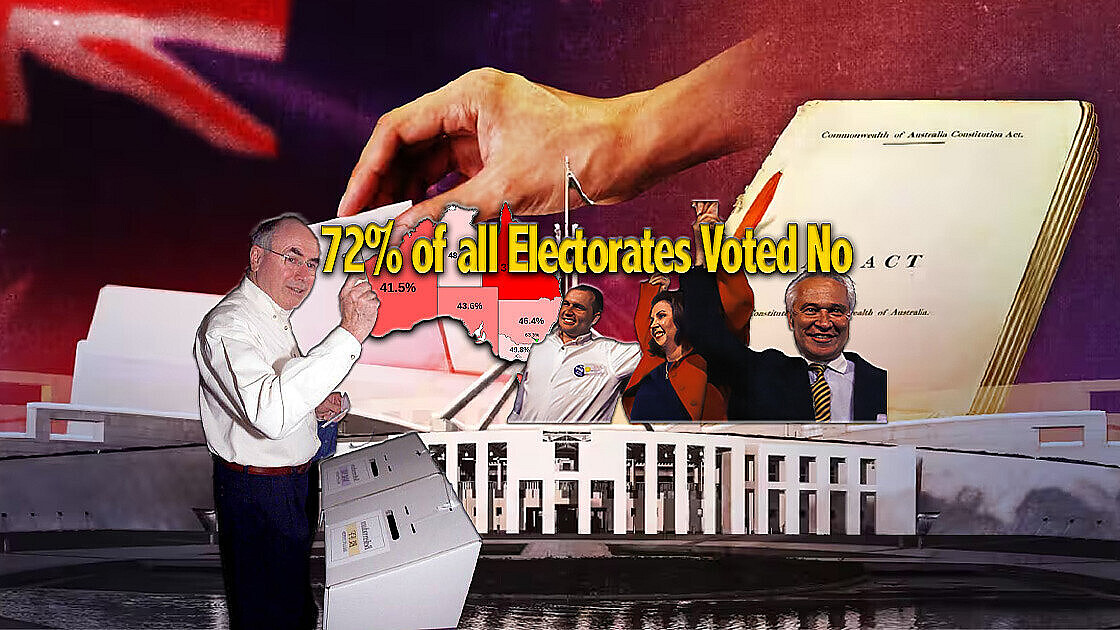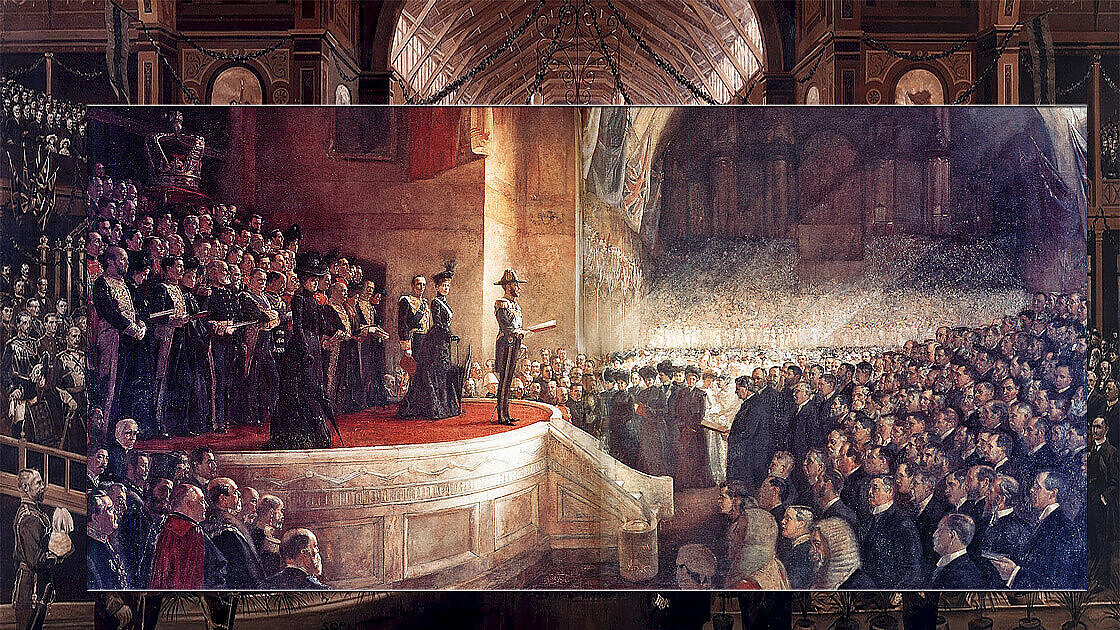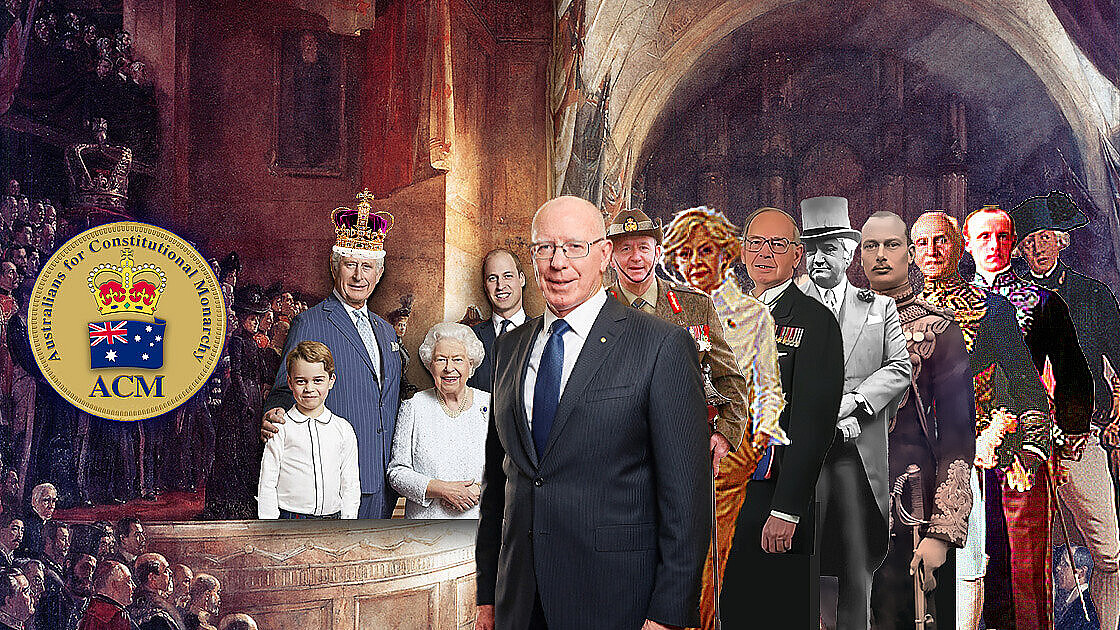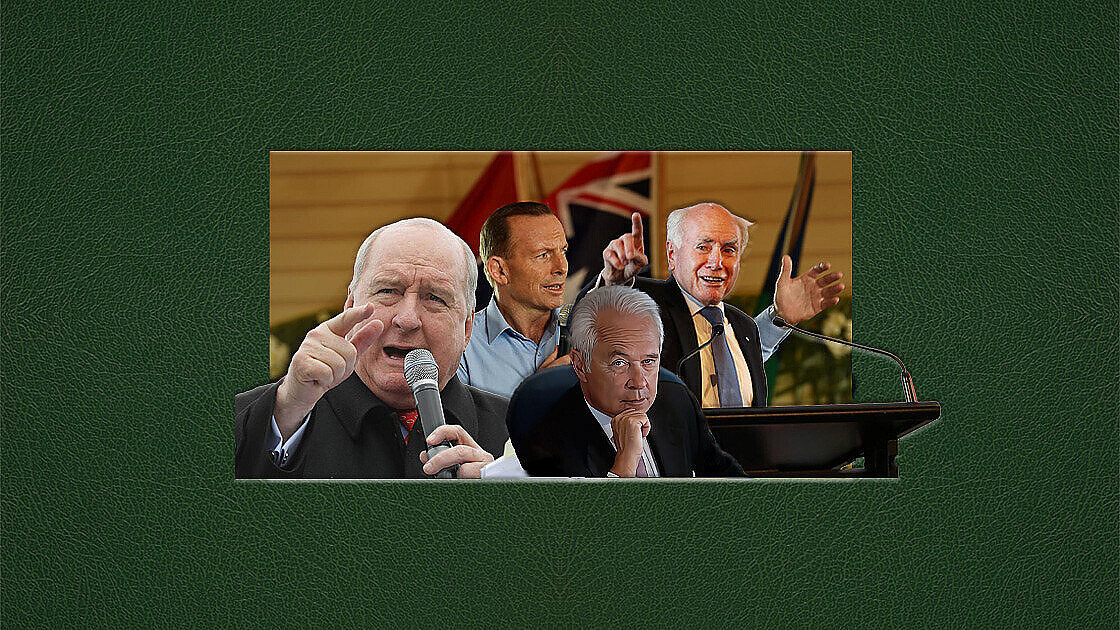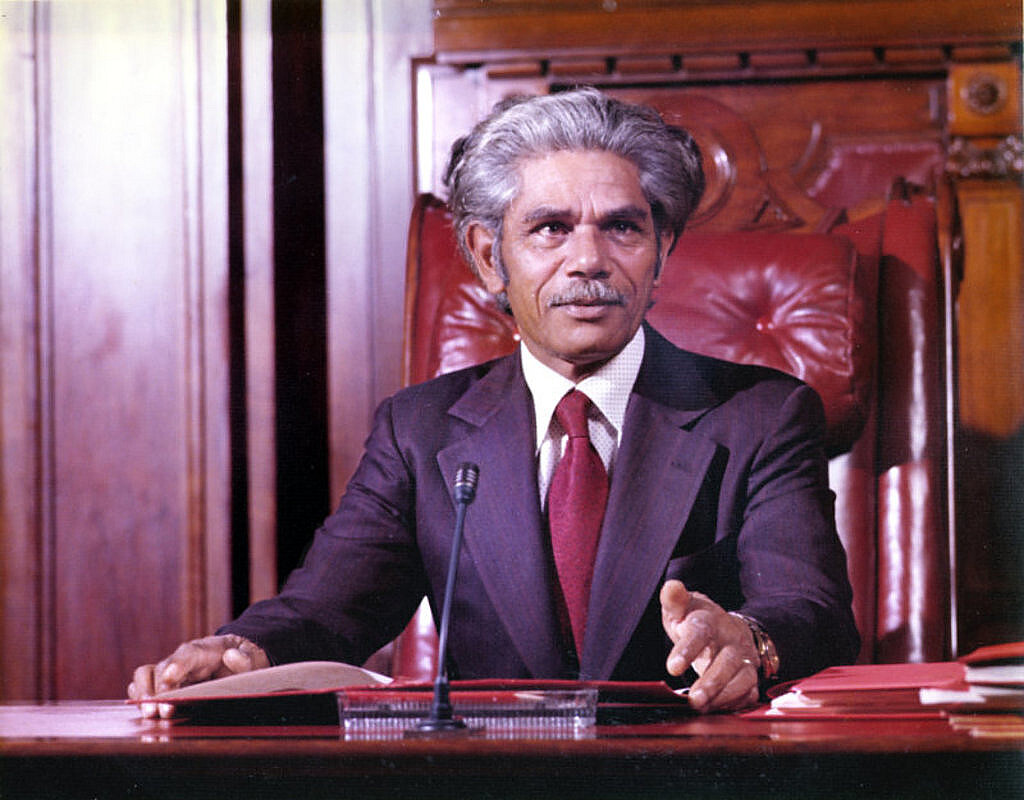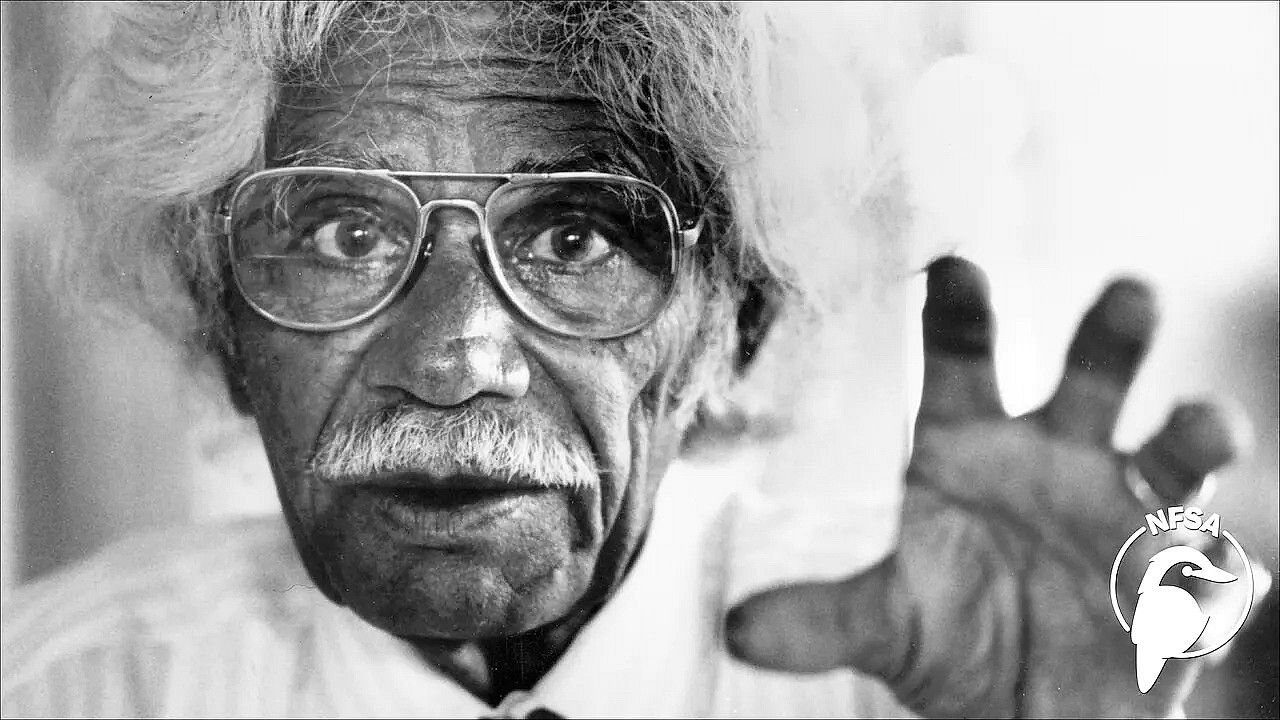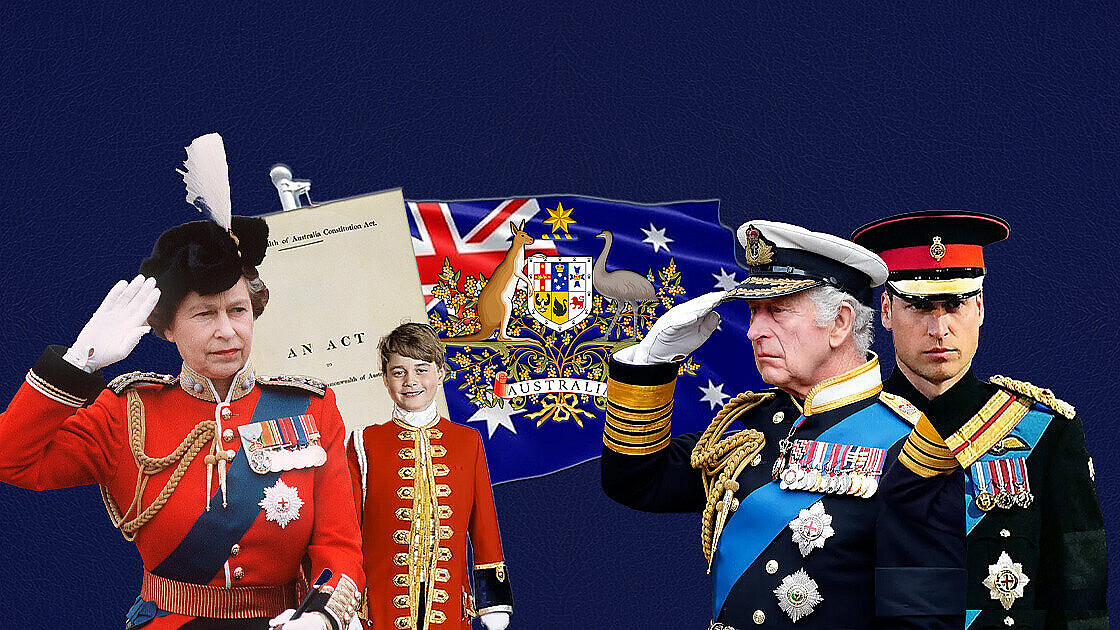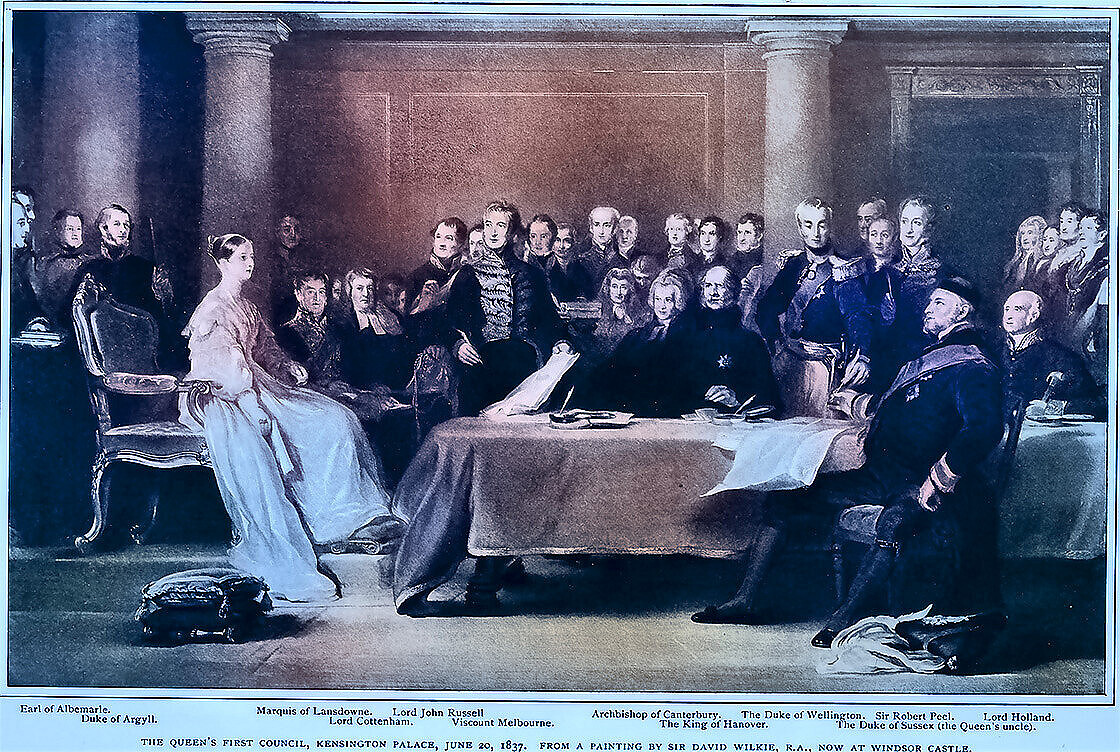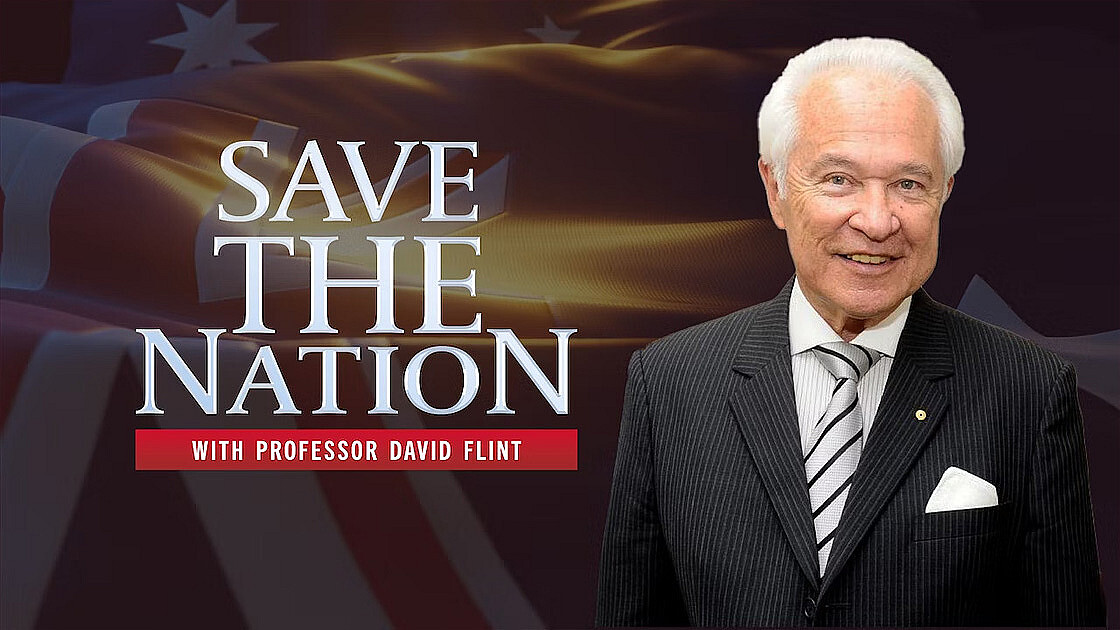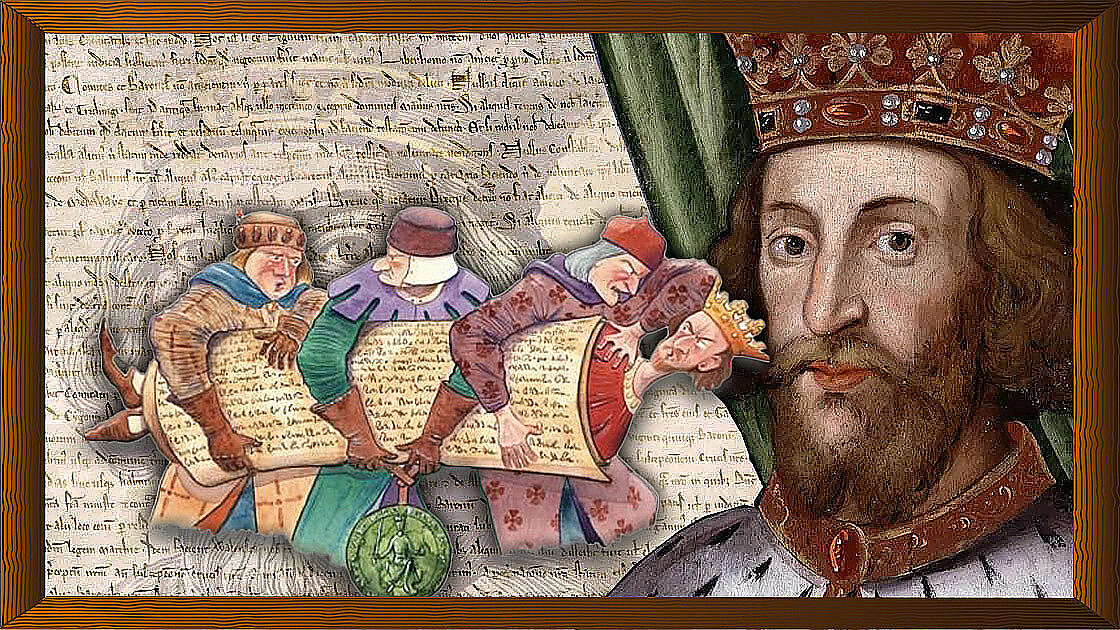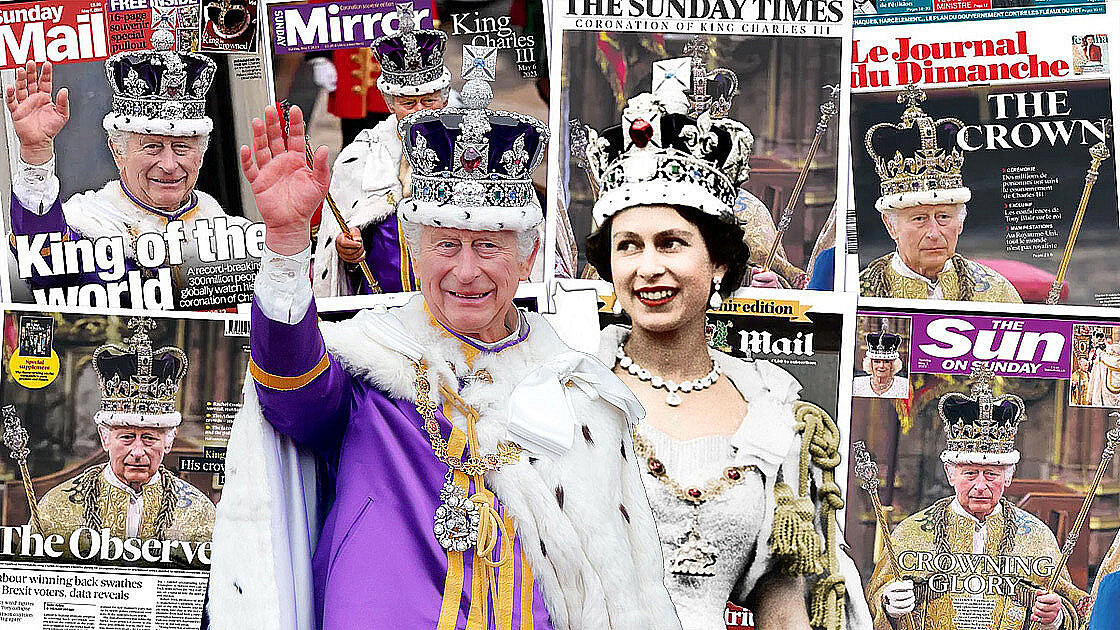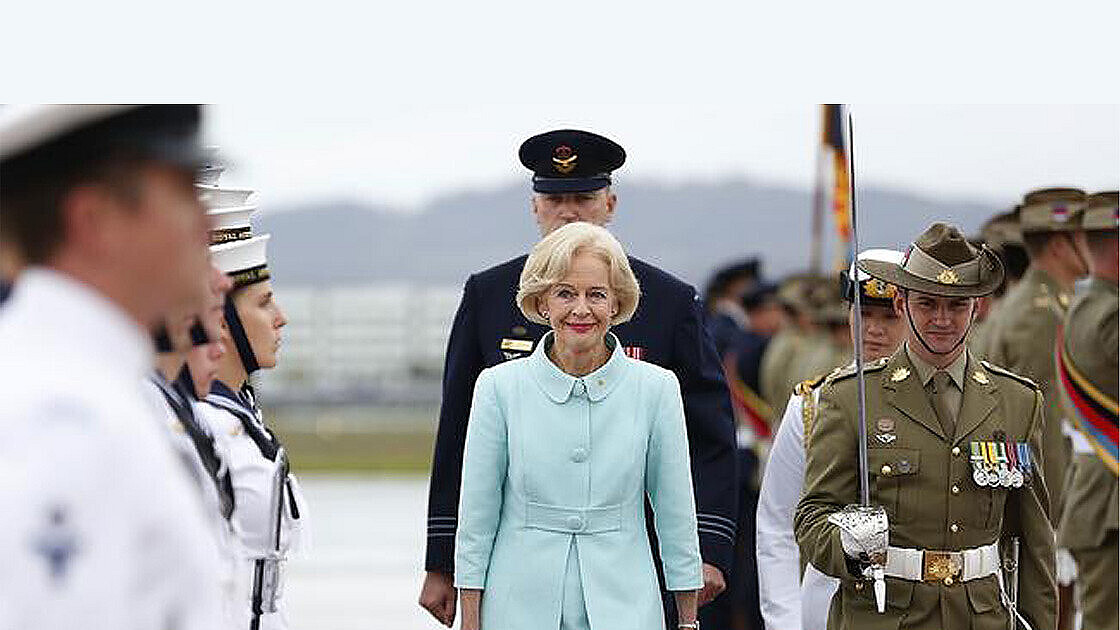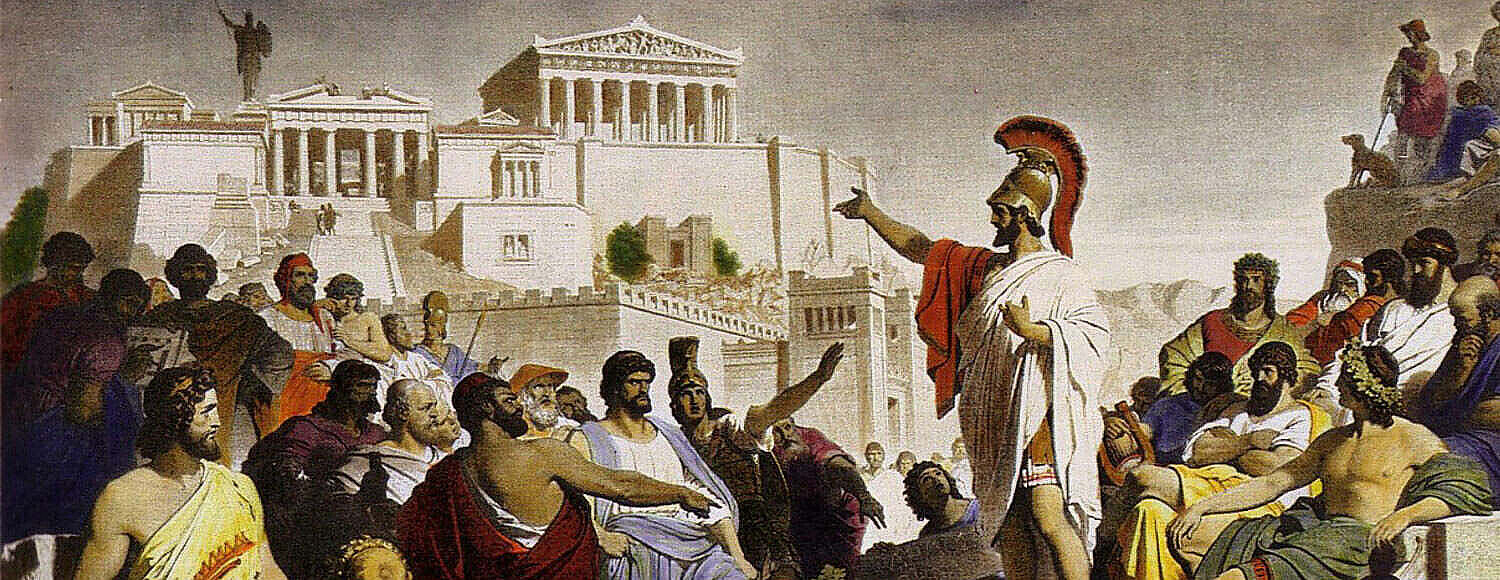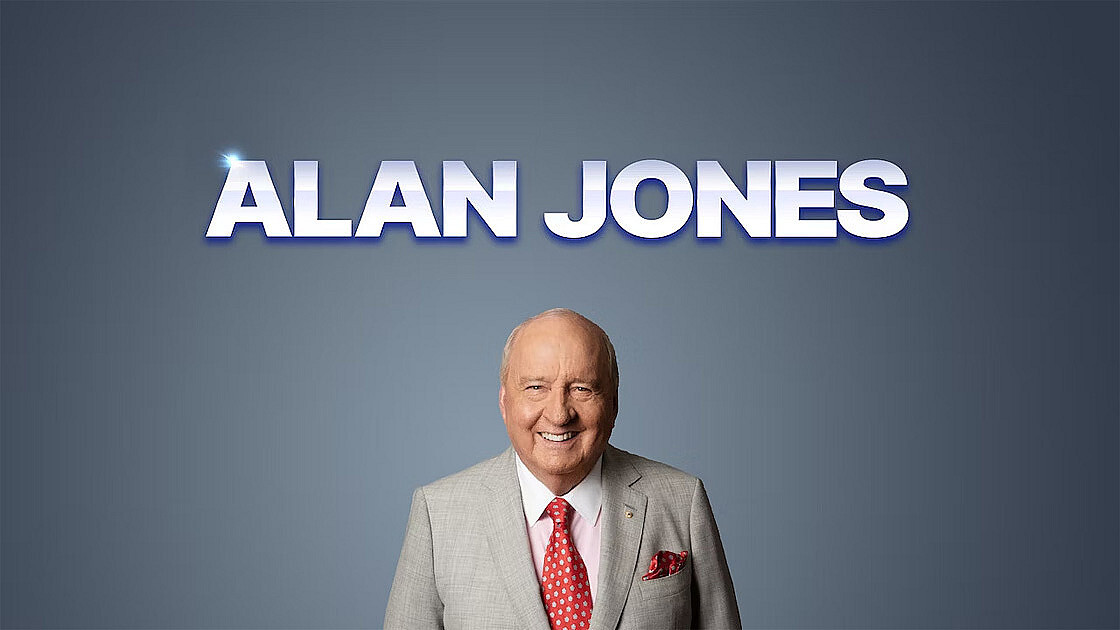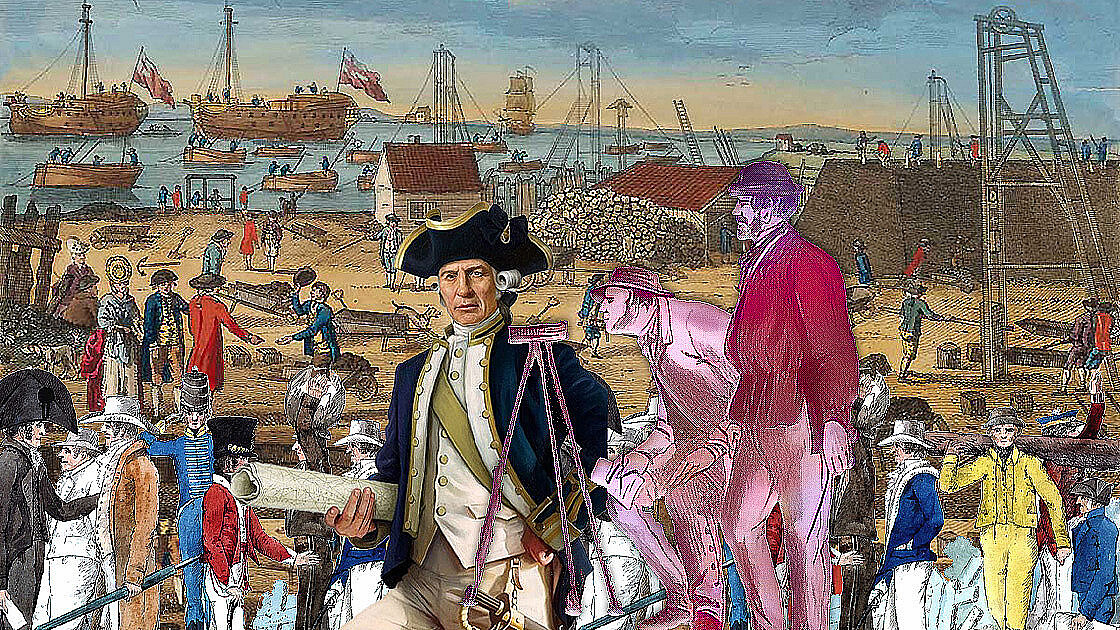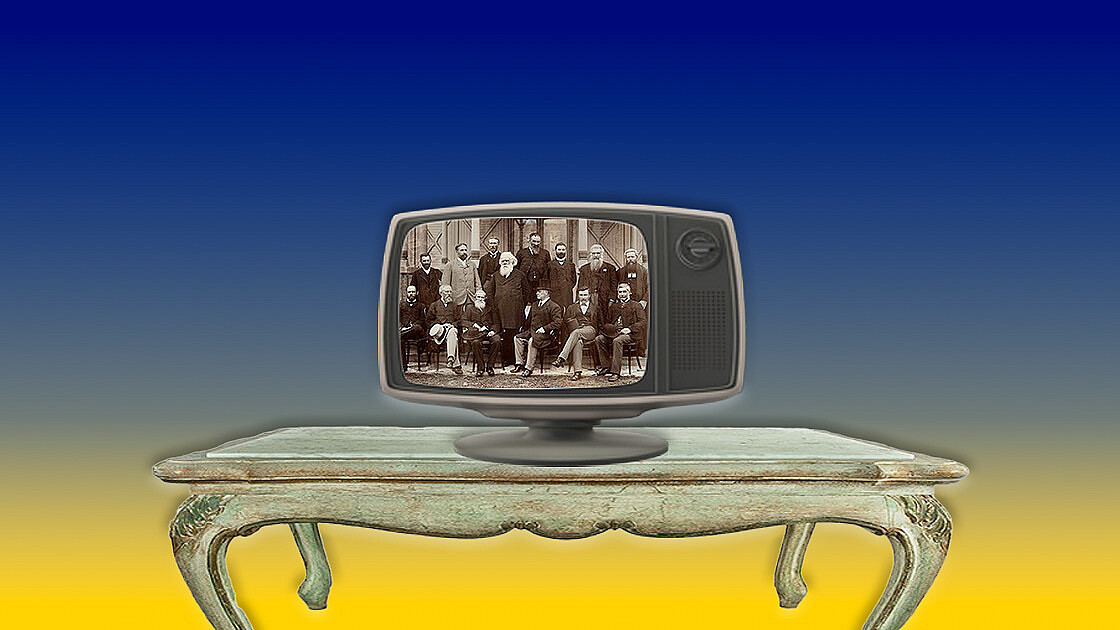The Royal Coronation links us to our past and our future.
God save the King
As if he were reading from an ACM-prepared script, he continued, ‘The bestowal of the Crown and the investiture of regal power exemplifies the pledge of their Majesties to a life of total dedication, duty and sacrifice.’
So, is talk of another republic referendum in the second term now passé?
With this volte-face, Australians would not be surprised were the Executive Council to revoke the gratuitous insult to the late queen and the present king in the appointment of a parliamentary secretary as assistant minister for ‘the’ republic.
The fact is this coronation, the ninth since the 1788 settlement, recalls the golden thread that goes from the Magna Carta through the Glorious Revolution, the settlement itself and the formation of our federal commonwealth under the Crown.
Notwithstanding today’s serious problems, the Australian Commonwealth remains one of the half-dozen oldest continuing democracies in the world.
The coronation is not some curious, quaint and superfluous ceremony. It is directly relevant to the past, present and future, including the still unrealised potential of the Australian Commonwealth.
There was a fortunate conjunction in 1788. Great Britain was by far the most benign, civilised and advanced colonial power that the world had seen or indeed would see.
Do not think for a moment that imperialism is dead. The most hideously brutal empires were all twentieth-century creations: the NaziReich, the USSR transmogrifying into Putin’s Russia and the Maoist monstrosity, which, with the treason of Western elites, also transmogrified into the superpower rival of the United States now under a presidential family funded by Beijing’s vast riches.
But in 1788, the two key personnel were civilised men of strength and compassion. First, Home Secretary Thomas Townshend, 1st Viscount Sydney, an outspoken opponent of the misguided war with the American colonies. The other was his choice as NSW governor, Arthur Phillip, a choice rightly described as inspired.
Apart from the men and women on the First Fleet, Phillip did not come alone.
He brought with him those sound institutions, which are the reason why, despite the more recent depredations of the politicians, Australia soon became one of the world’s oldest continuing democracies.
Although founded as a penal colony, Lord Sydney insisted New South Wales not be a military prison.
Accordingly, Phillip came with what are still the foundation pillars of Australia – the rule of law, the English language, leadership beyond politics through the Crown and our Judeo-Christian values. Surprisingly, soon, representative democracy, with a responsible government and constitutional system, would be gifted by colonial power. Finally came the federation, almost all our own work.
As to our Judeo-Christian values, these remain the very basis of our civil society, without which the very best constitution cannot function. Note the reference is to ‘values’ and not religion. In fact, Australia has long welcomed those from other religions and, indeed, no religion.
But it was precisely those values that led the British not only to lead the outlawing of that abominable and unfortunately worldwide institution, slavery, but also to have the Royal Navy, then the world’s most powerful, police the British-imposed ban on the trans-Atlantic trade.
With an extraordinary and unique heritage, this is why Australians must continue to do what they have always done. Reject proposals for constitutional change that have been made, as the founders warned, in haste or by stealth. Rather, they should only accept change where the proponents have provided credible evidence that the change proposed is ‘desirable, irresistible and inevitable’.
Australians must do two things to save this nation. Cling to what we have and work to significantly improve the governance of the nation, a nation which delinquent politicians seem so determined to set on the path of decline. That is why the coronation is important.
It confirms, at significant points, what the pillars of this nation are, pillars which we must preserve and clearly build on.
We see these in the various parts of the ceremony, from the opening Recognition through the Oaths, the centrepieces, the Anointing and Crowning, and the conclusion, the Enthronement and the Homage.
The Oaths recall the centrality of the Crown in our system of representative democracy and responsible government, as the new NSW Liberal Democrat MP John Ruddick recalled in a recent ADH.TV interview, the Crown is important not for the power it wields but for the power it denies others.
Yet all three constitutional models proposed over the last three decades by the politicians’ mouthpiece, the Australian Republican Movement, were for politicians’ republics. In each one, the power of the politicians would be singularly and unnecessarily enhanced.
The most Judeo-Christian part of the coronation liturgy, in English, redolent of the Book of Common Prayer, can be found most strongly in the Anointing.
A consecration or setting apart, the Anointing is considered so sacred that it is conducted under a canopy. It can, therefore, be neither seen nor filmed.
In it, the Archbishop intones the blessing that ‘…as Solomon was anointed king by Zadok the priest and Nathan the Prophet, so be you anointed, blessed and consecrated King over the Peoples, whom the Lord thy God hath given thee to rule and govern’.
We are thus conscious throughout of the links to the past; we should, however, also remind ourselves of the links to the future. As the great Burke observed, society is a partnership ‘not only between those who are living, but between those who are living, those who are dead, and those who are to be born’.
The Coronation, with its ancient language, dress and accoutrements, thus links us back beyond Federation and the settlement of 1788 to the Magna Carta and also forward to reigns yet to come, under the heirs apparent, William and George, and beyond.
God save the King!
Politicians’ republic expires with the Coronation.
Unintended consequences from the republican ‘silver bullet’
The ailing politicians’ republic has finally given up the ghost.
Australia’s future now seems assured as a crowned republic with an Australian as head of state.
Curiously, it was the Australian Republican Movement’s (ARM’s) very own silver bullet that made the politicians’ republic unachievable.
In saying he didn’t want to ‘rush’ a republic referendum, regular royal oath swearer, Prime Minister Albanese, seems to be backing away from a second referendum.
So, what is the ARM? Is Australia already a republic with an Australian as head of state? And what was the silver bullet that made the politicians’ republic unachievable?
While all of Labor’s truly great leaders were constitutional monarchists, today’s leaders usually claim they are ‘life-long republicans’. Perhaps that’s because they tend to be life-long politicians without any significant prior real job.
In any event, the 1975 Dismissal increased so-called republicanism in the Labor Party. But it is not republicanism, and it is anti-constitutionalism.
The honest will admit that Sir John Kerr was right.
Otherwise, the governor-general will have to act under the reserve powers. Wanting to stop resorting to the reserve powers, Labor decided the answer was not a republic – we already had that – it was a politicians’ republic, one removing significant checks and balances on politicians.
Formed following Labor’s 1991 adoption of republicanism in its platform, the ARM effectively became Labor’s republican arm (pun intended). As indicated in this column, this can be seen from the way ARM policy is incorporated into Labor’s platform through the LFAR (Labor For an Australian Republic) ginger group. The ARM today has even put pushing for a Republican referendum on hold while they join Labor in pushing the Voice referendum.
As to Australia already being a republic, Sir Thomas Smith, Elizabeth I’s secretary of state, described England as a republic in his 1583 book, De Republica Anglorum; the Manner of Government or Policie of the Realme of England. The fact that the principal officer in a state is normally filled on the hereditary principle is no barrier to it being described as a republic.
A hereditary office can be found even in a state specifically named a republic. This was the case with William of Orange, hereditary stadtholder of Holland in the Dutch Republic. He was invited to reign with his wife, Mary, as King and Queen of England in 1688. It is surely of particular relevance that our first constitutional monarch came from a crowned republic.
As Professor Brian Galligan observes in A Federal Republic (1995), eighteenth-century republican theorists did not see constitutional monarchy as incompatible with genuine republicanism.
Indeed, Montesquieu declared England to be a disguised republic and one of the freest countries in the world, her constitution an ideal model for republican government. He identified there an important check and balance against the abuse of power, the then-unusual separation of the judicial power from the legislative and executive powers achieved under the 1688 Glorious Revolution.
Similar views were expressed in nineteenth-century Australia, with Sir Henry Parkes writing, ‘Every constitution is in reality a republic. There is just as much a republic in England as there is in the United States, the only difference being that in the one case, the word is not used, and in the other, it is.’
Cardinal Moran, leader of Australia’s Catholics during the final phase of the nineteenth-century federation movement, described our pre-federation constitutional system as the ‘most perfect form of republican government’. This thinking was followed by the overwhelming decision of our Founders and the approval of the people that Australia should be described as a ‘Federal Commonwealth under the Crown’, that is a crowned republic.
As the eminent judge, Michael Kirby, wrote in the 1993 Australians for Constitutional Monarchy (ACM) charter, ‘Some of us believe’ that Australia is already a form of republic under the Crown: a ‘crowned republic’ with the nation enjoying all the ‘desirable features of a republican government and a constitutional monarchy without any disadvantages. Agitation for change, he wrote, is ‘unnecessary, irrelevant, divisive and distracting’.
As to having an Australian as head of state, this is a diplomatic, not a constitutional law term. Since 1926, governors-general have been accorded this status. In 1987, governor-general Sir Ninian Stephen, acting on the advice of the Hawke government, cancelled arrangements to visit Indonesia because he was not to be received as head of state. The Indonesian government subsequently apologised. Every Australian government, Coalition or Labor, holds out the governor-general as head of state.
As to the silver bullet that finally killed off the politicians’ republic, in the early Nineties, the ARM had increasing difficulties in explaining why Australia should become a republic. When ridicule greeted Al Grassby’s blaming the Crown for unemployment and claiming a republic would cure it, republicans realised they needed a new argument. This was found in co-opting the term ‘head of state’. But it wasn’t enough against ACM’s nationwide No campaign, which relied on expert opinion.
Finally, I encountered a last-ditch silver bullet from the ARM delivered by former premier Neville Wran: A No Vote is a Yes Vote for King Charles and Queen Camilla. Handbills with caricatures and no authorisation appeared. They had no effect. Relied on ever since as a silver bullet, the new reign has not unleashed the slightest serious indication that this could deliver victory.
By the Coronation, the politicians’ republic was finally shown to be unachievable.

